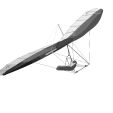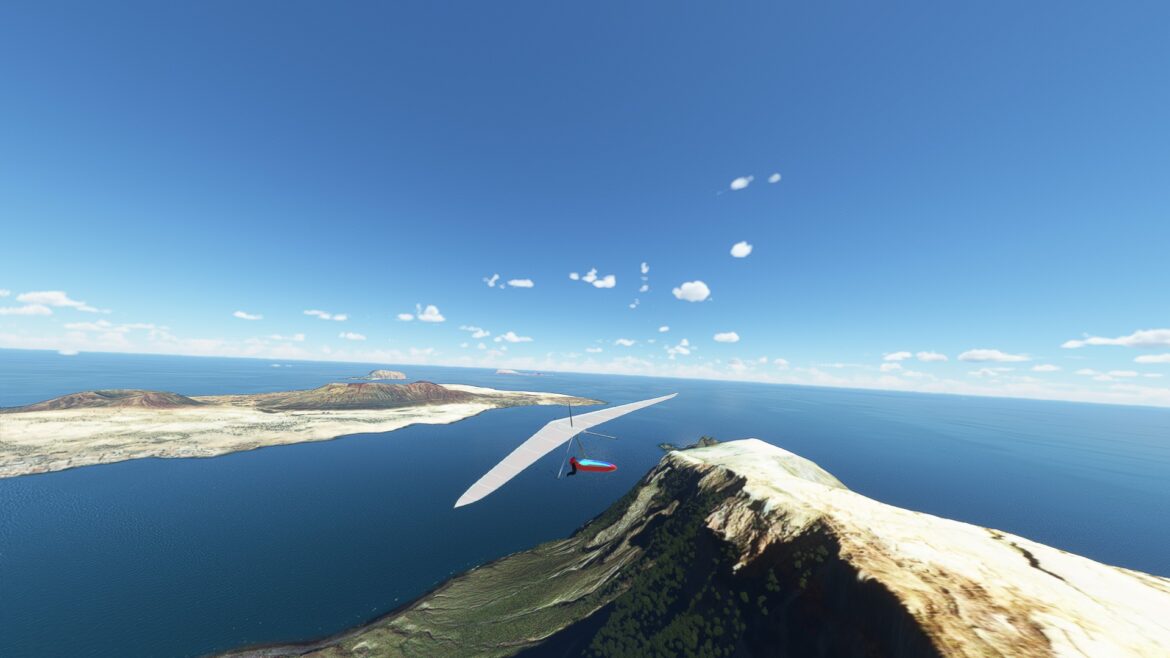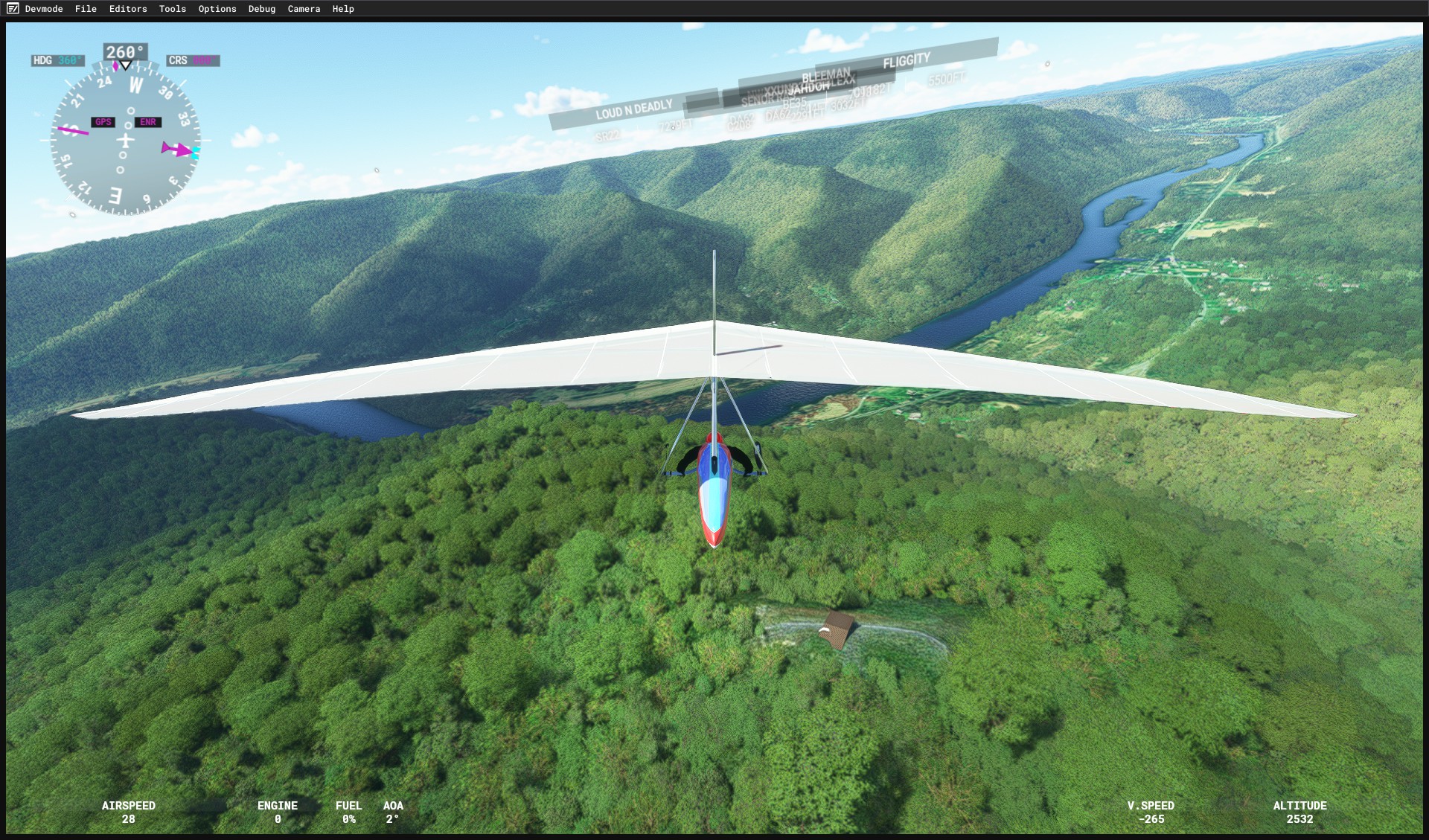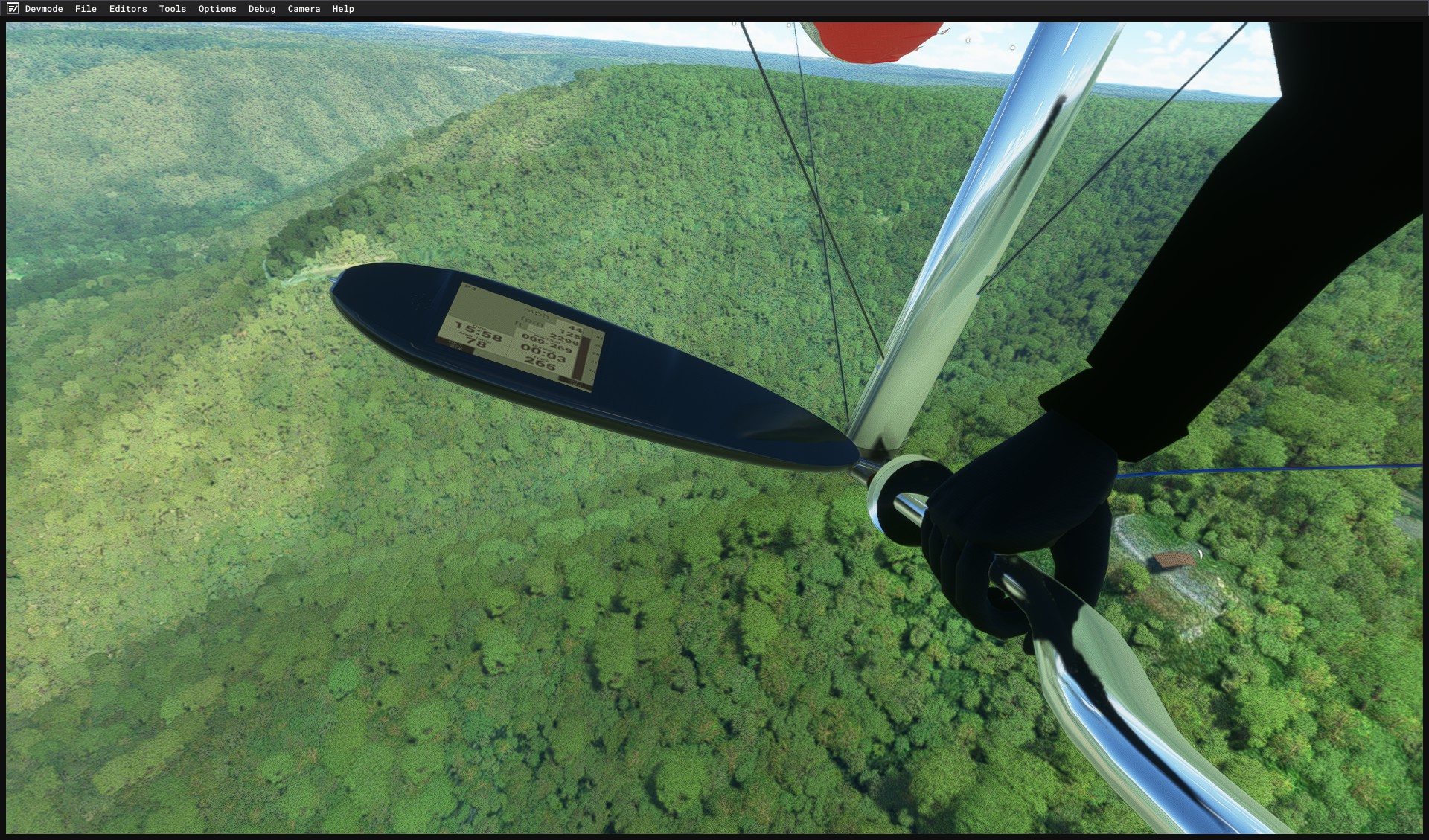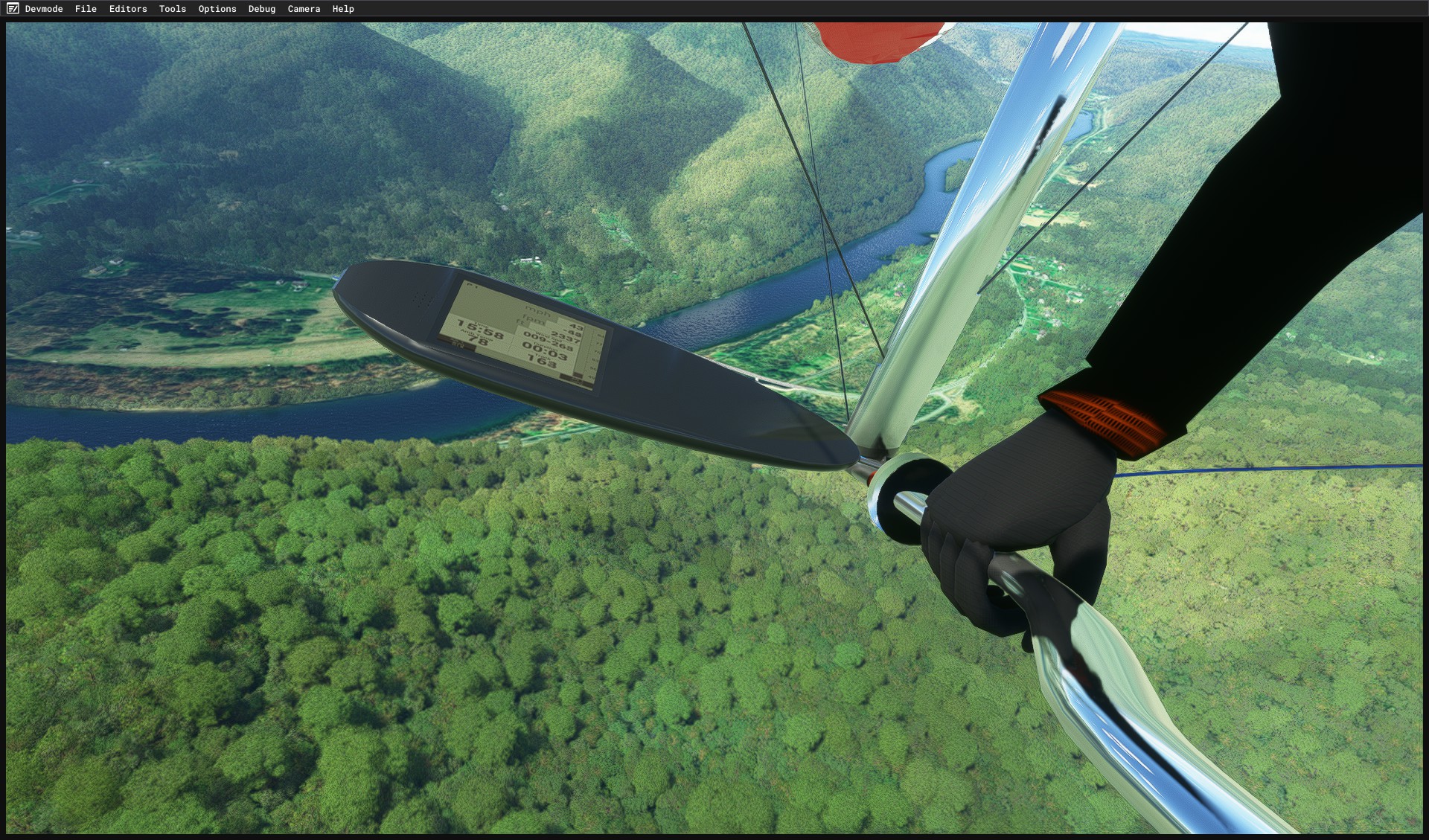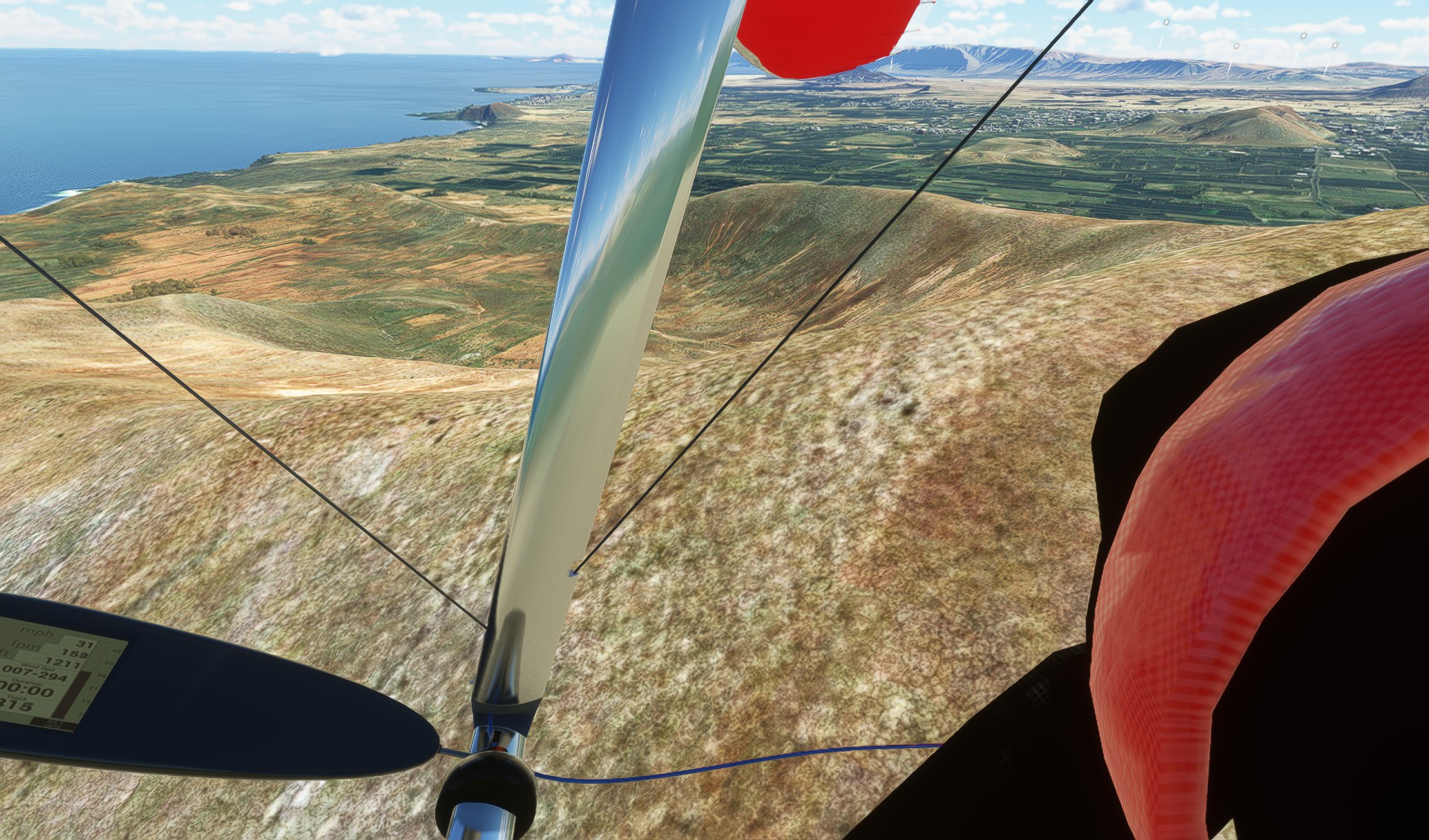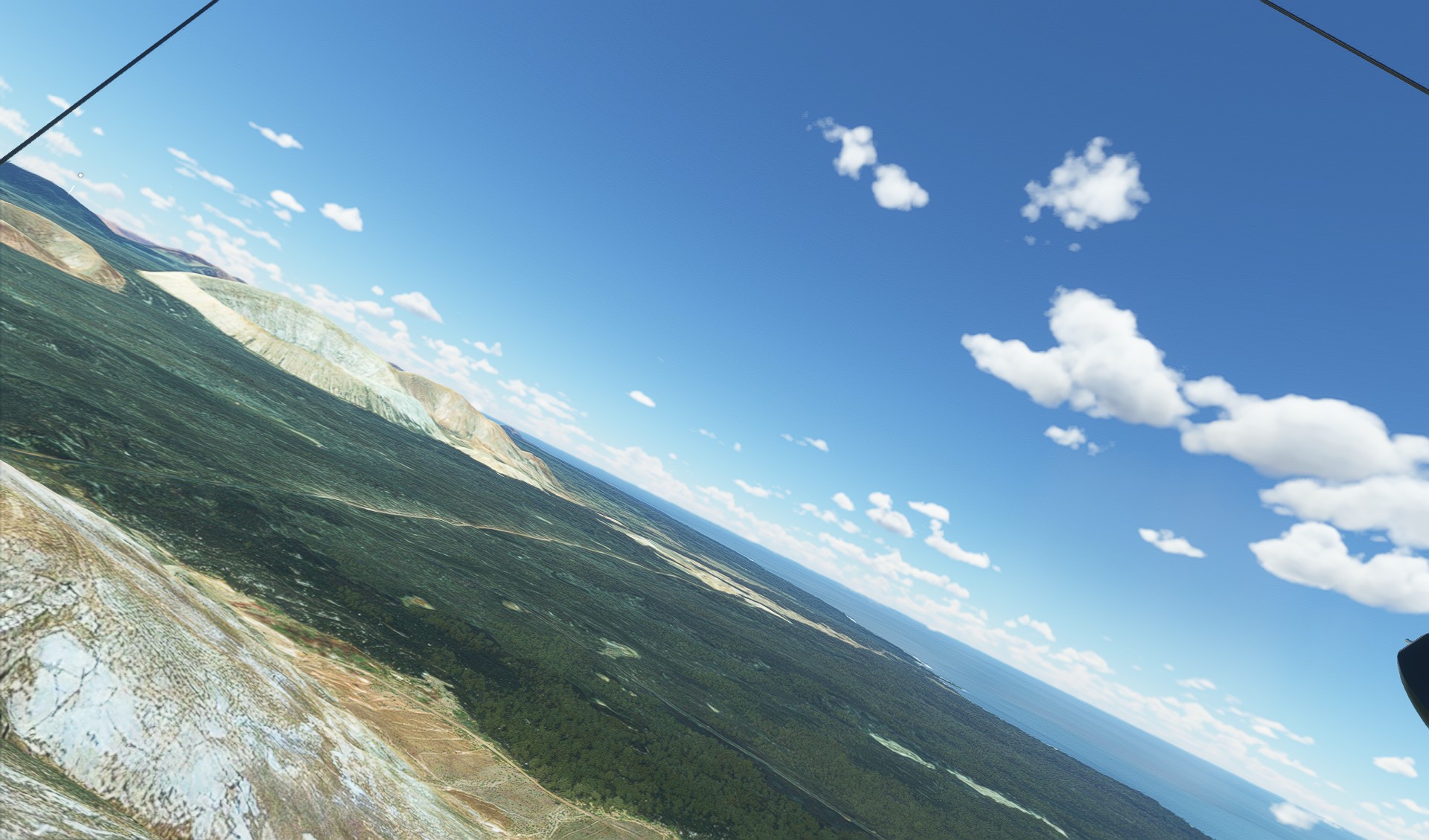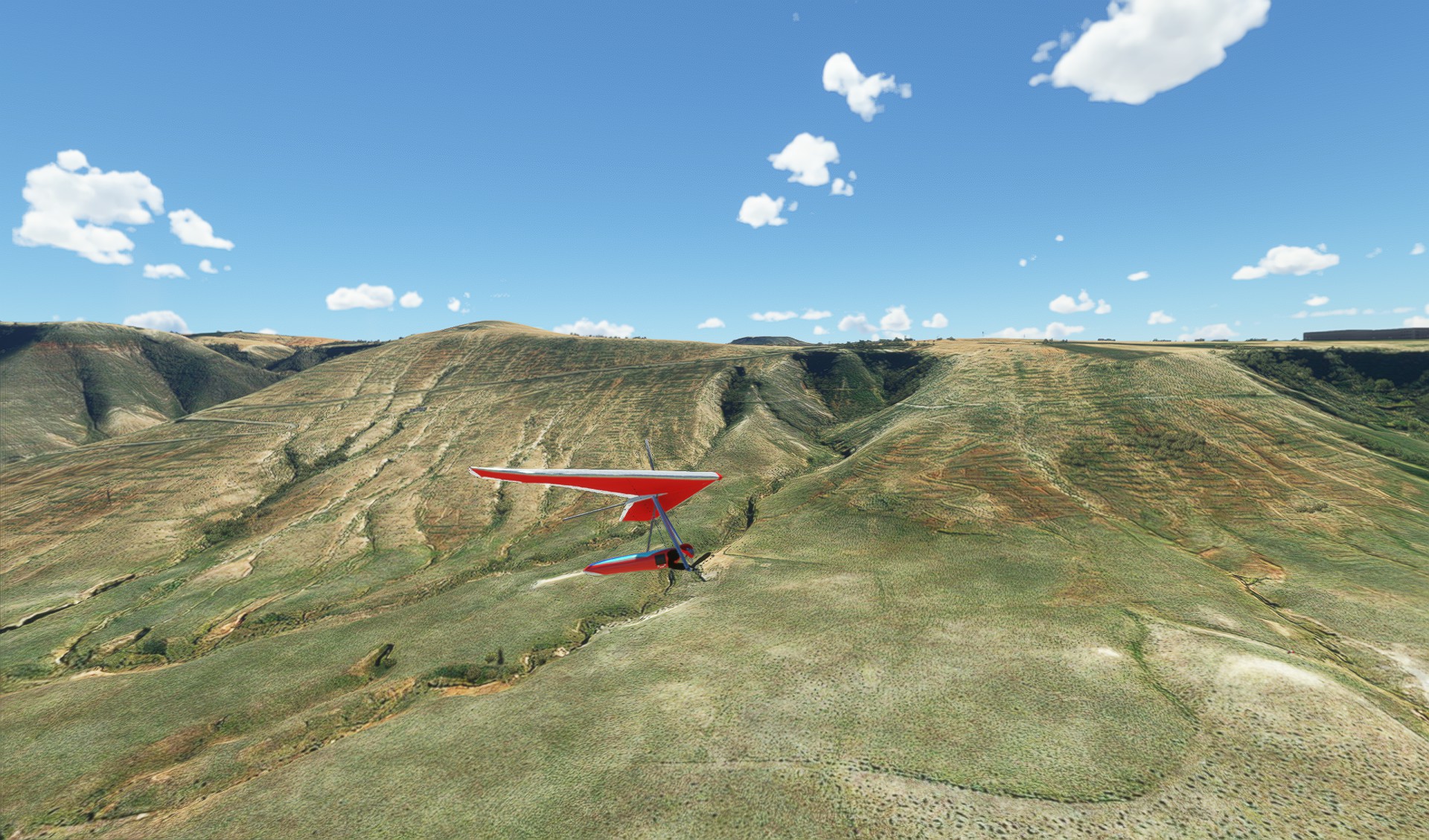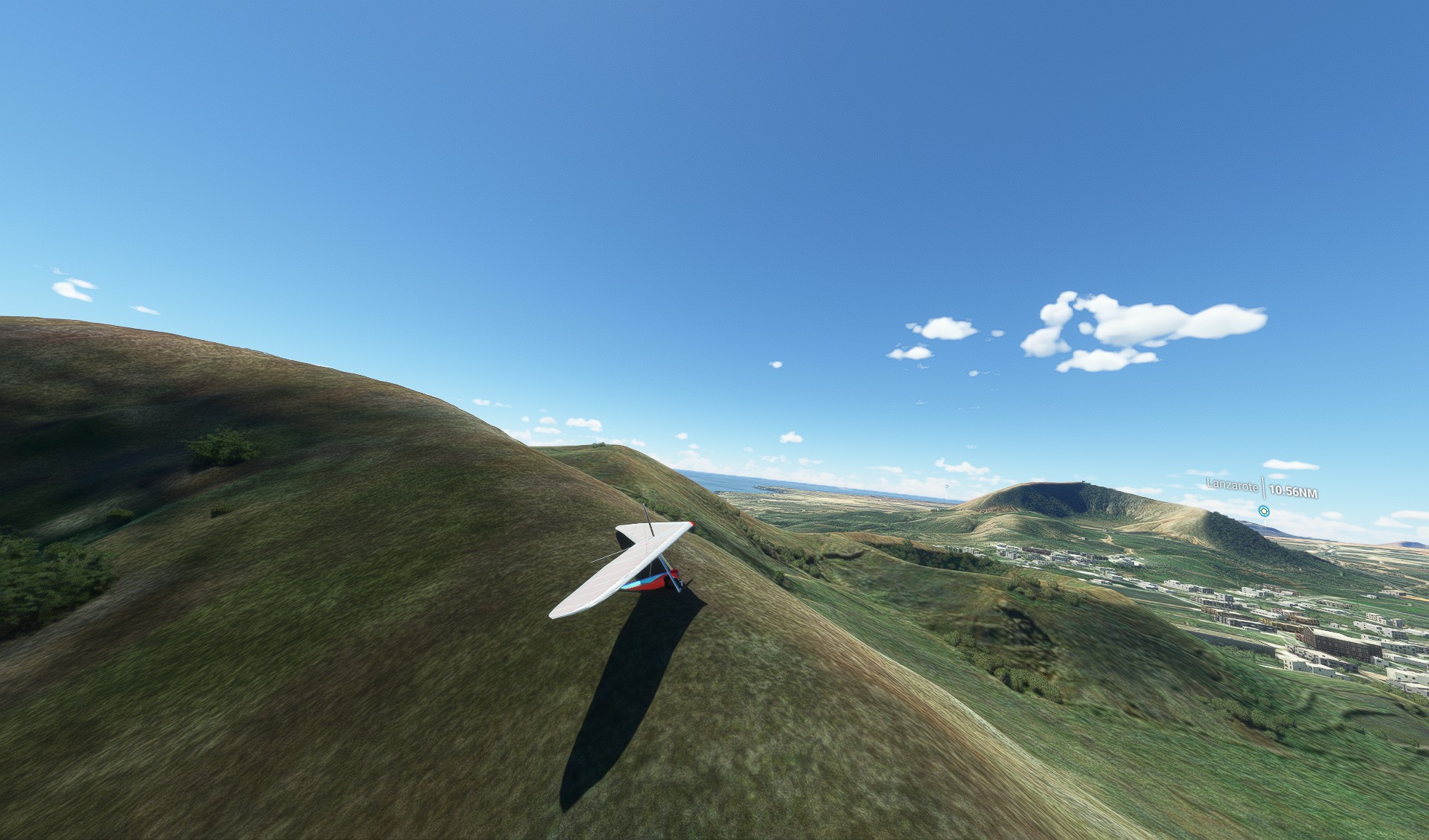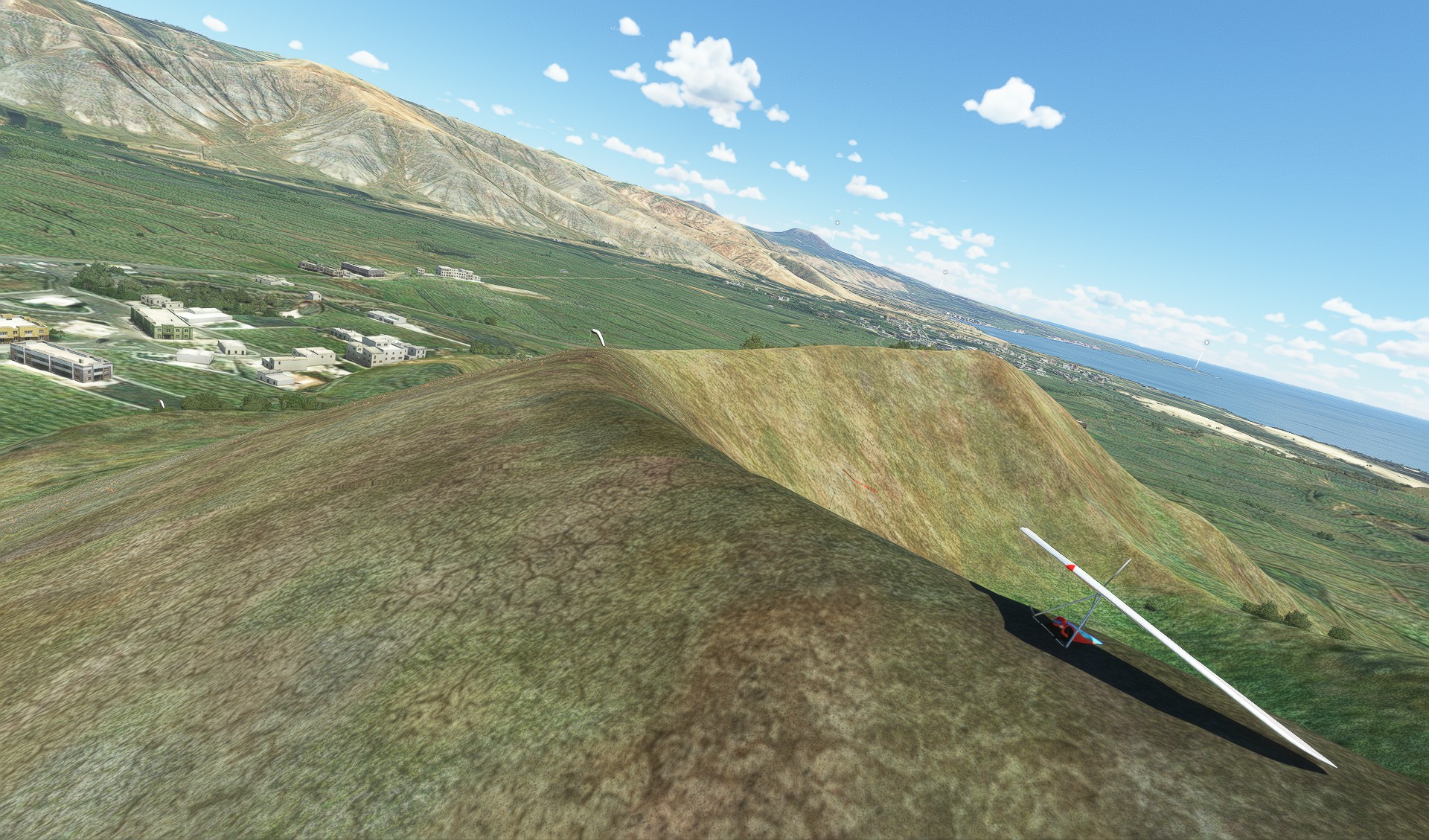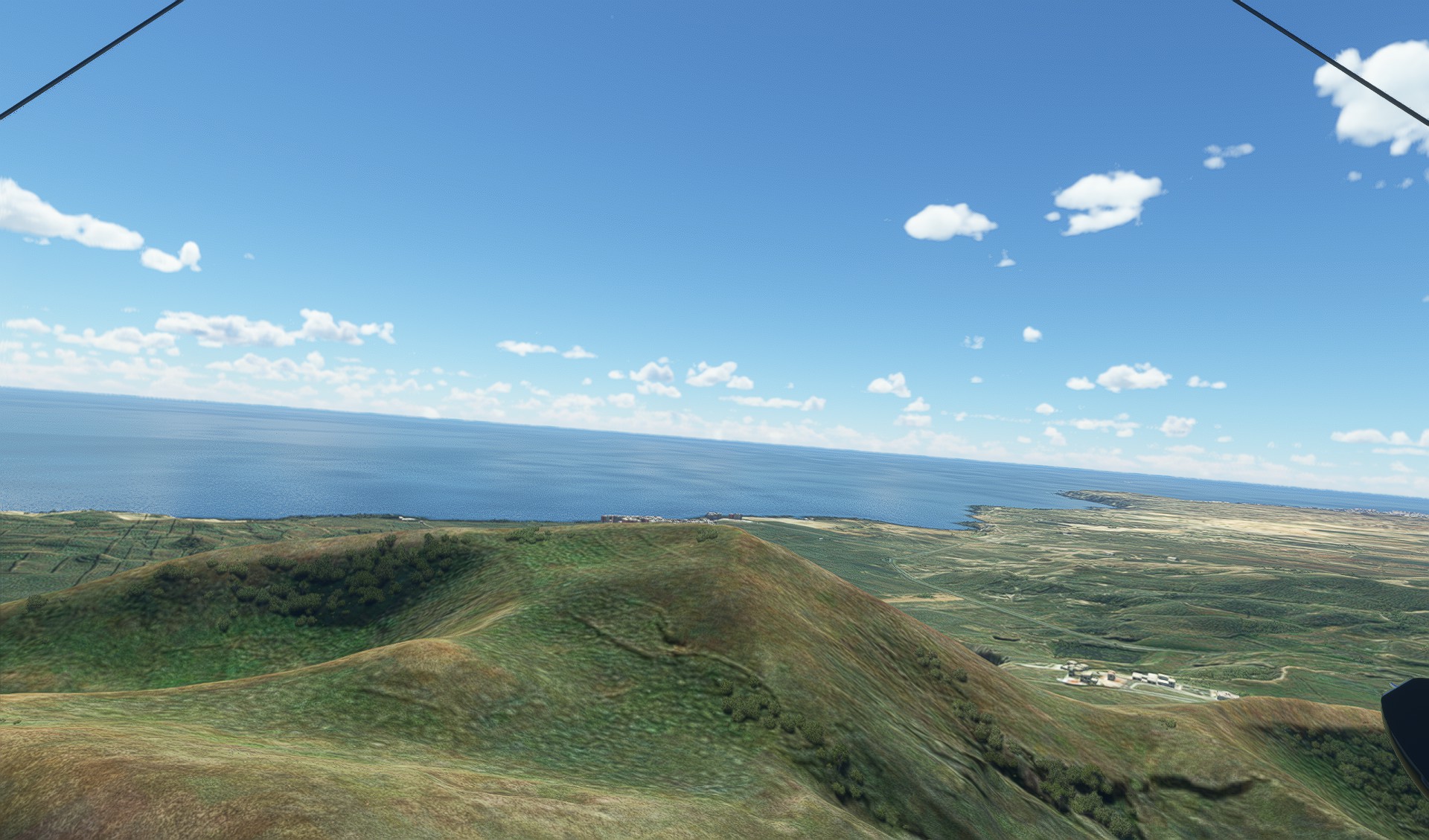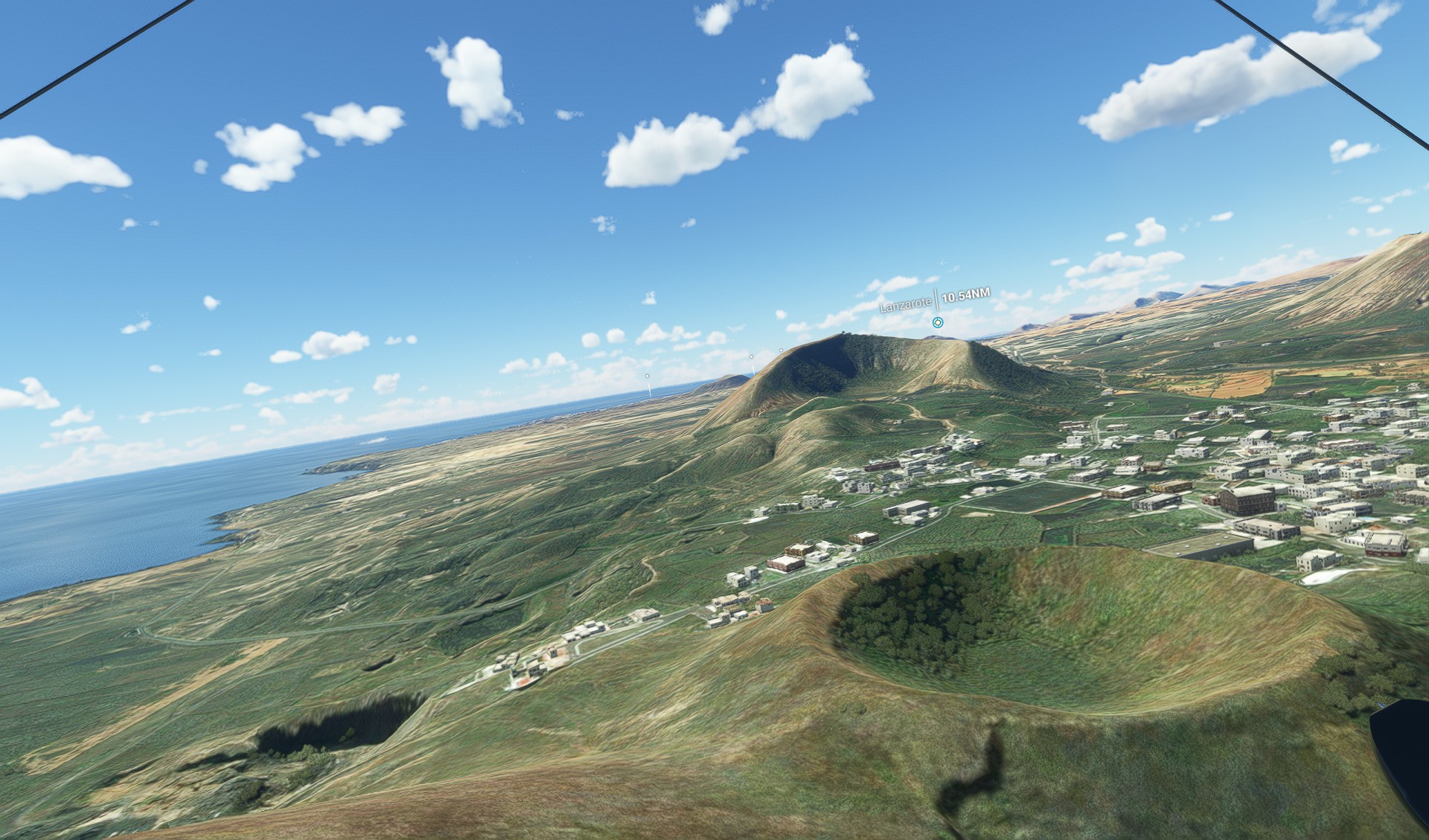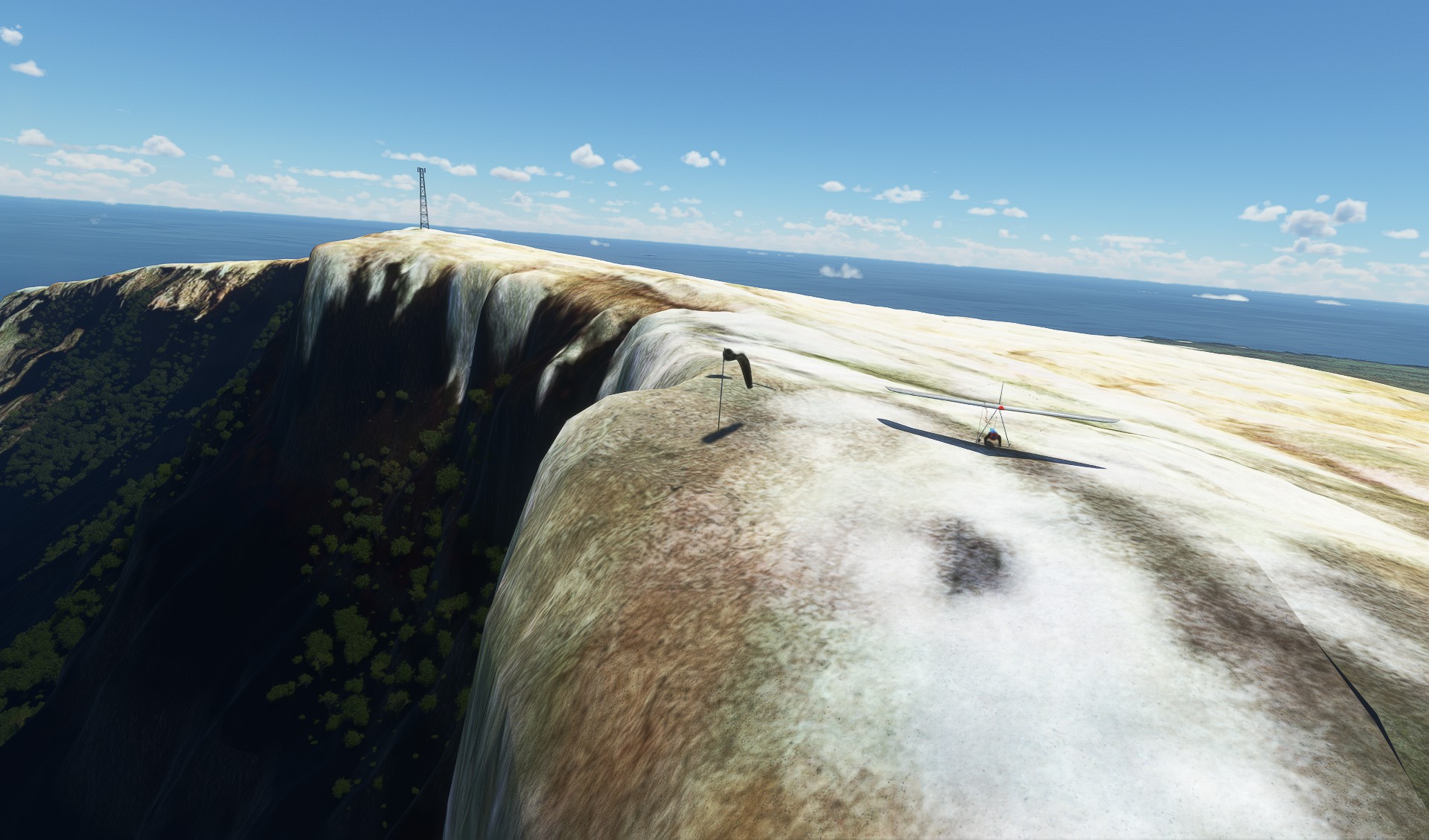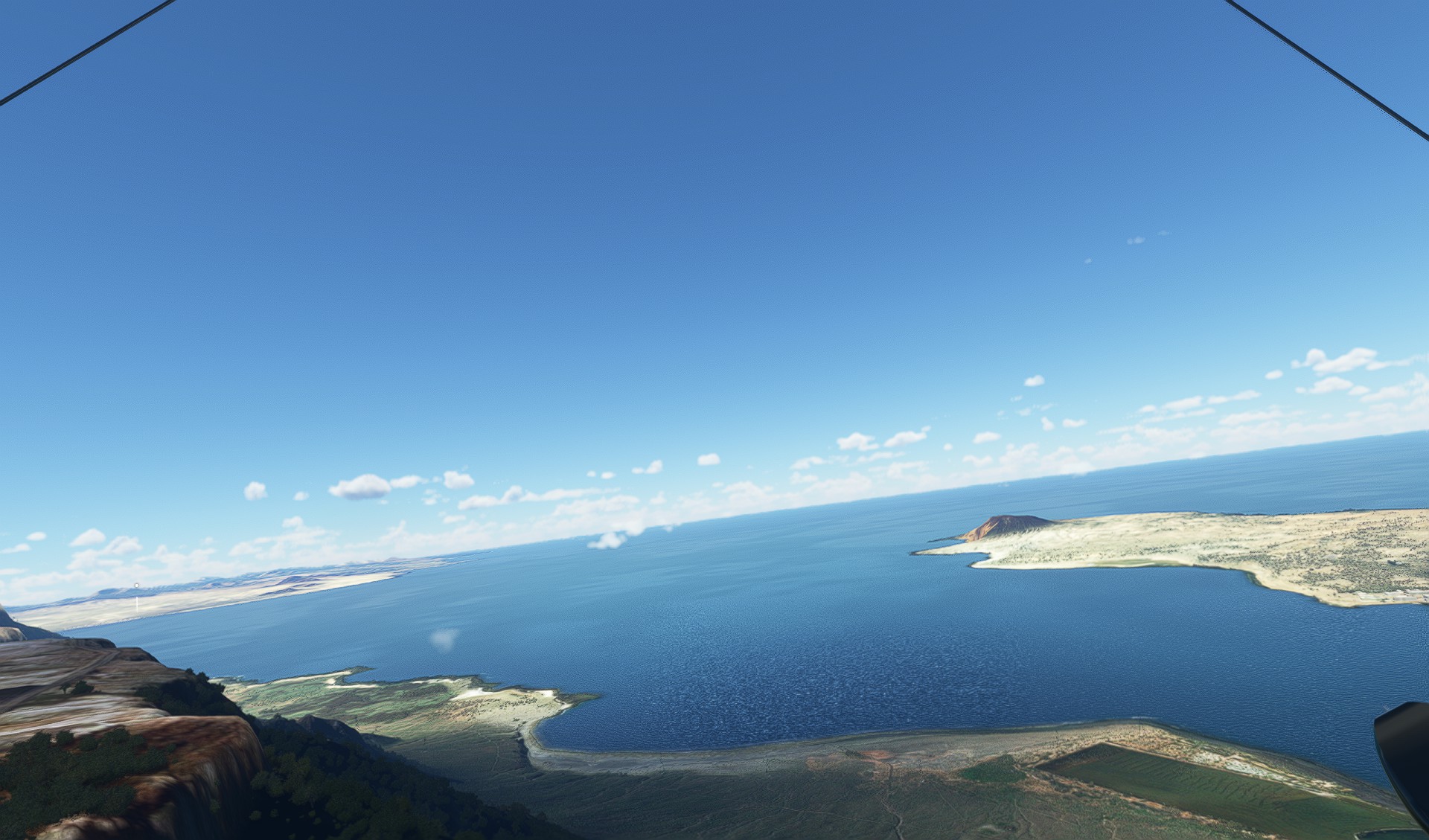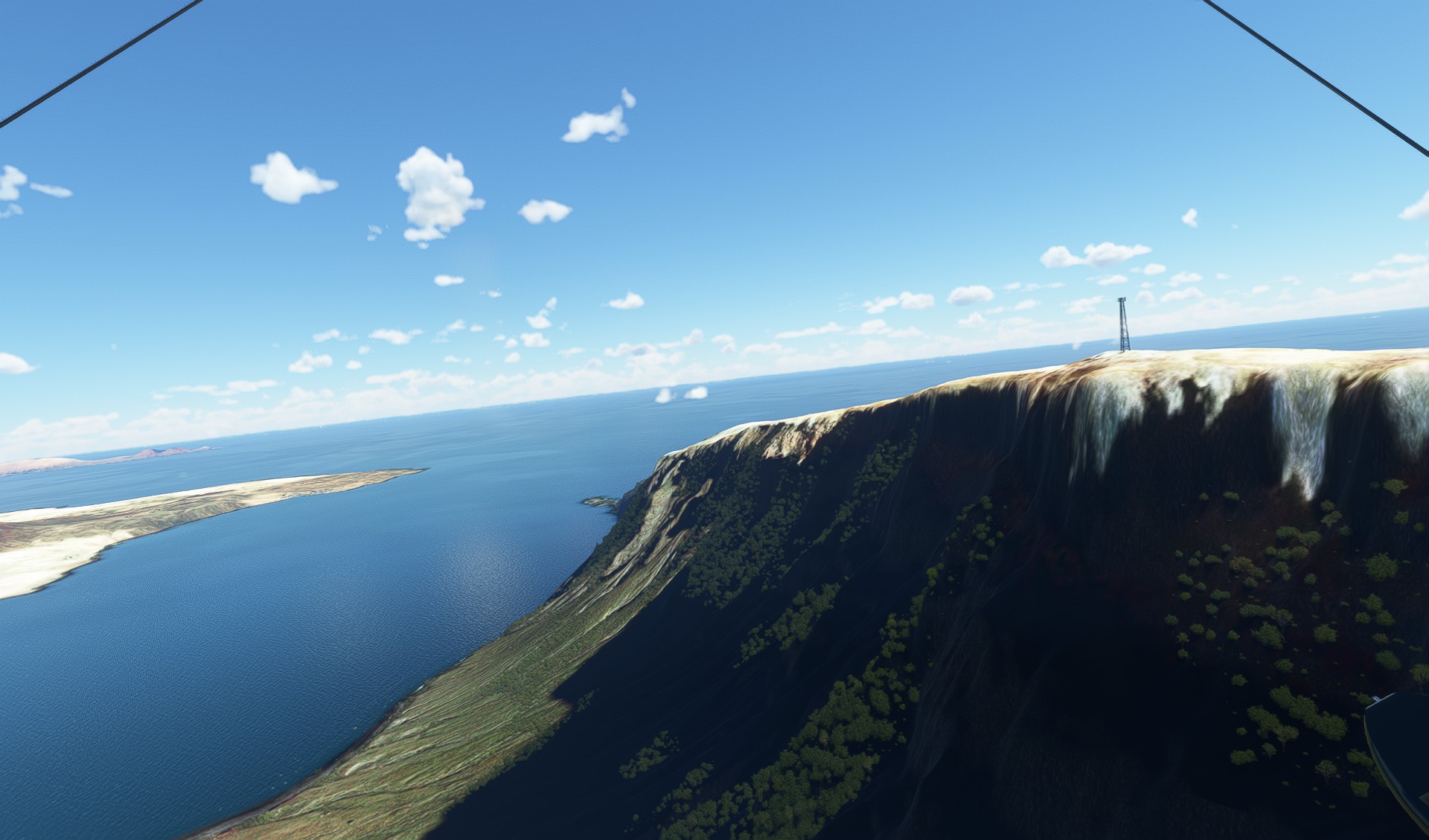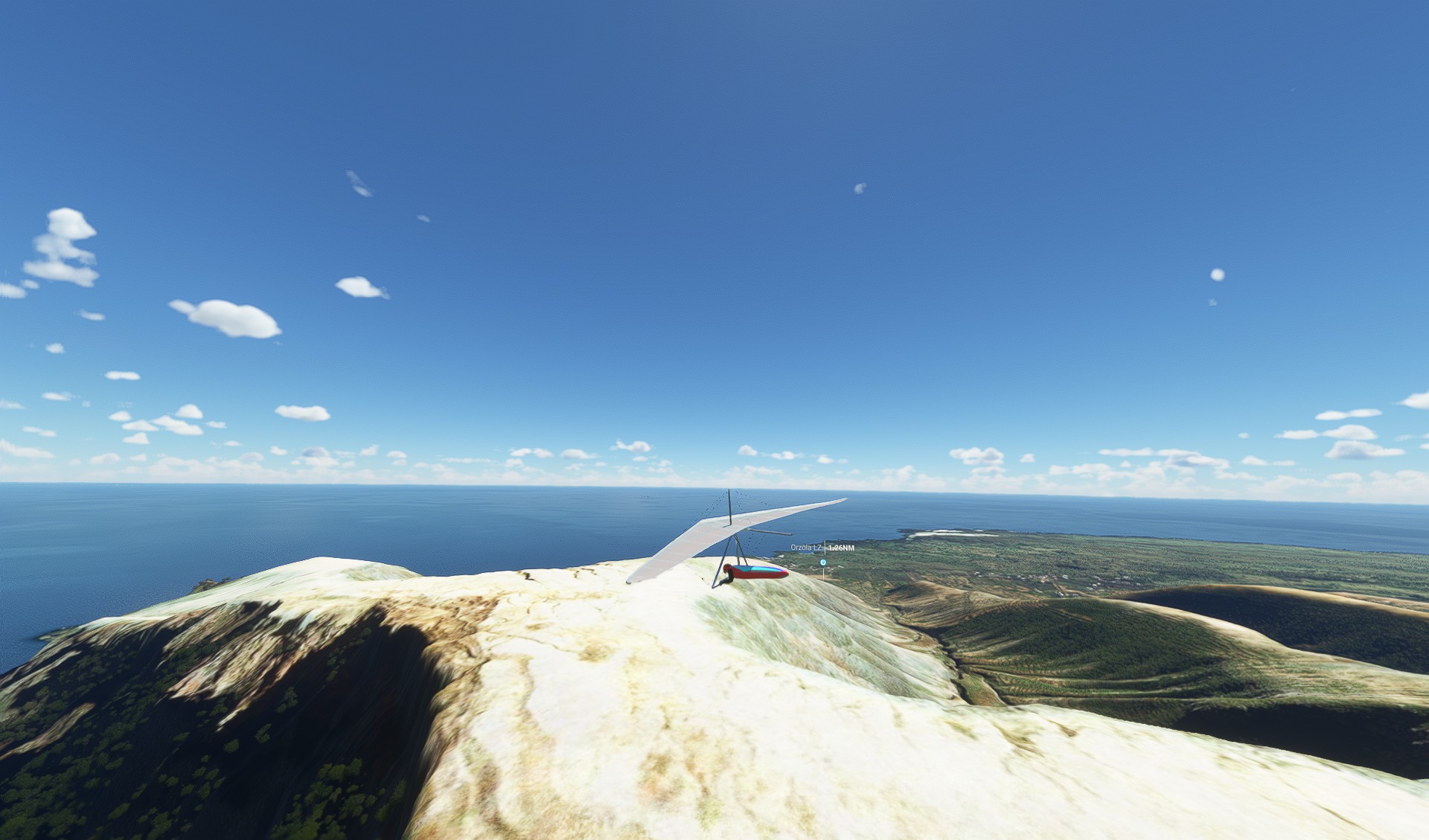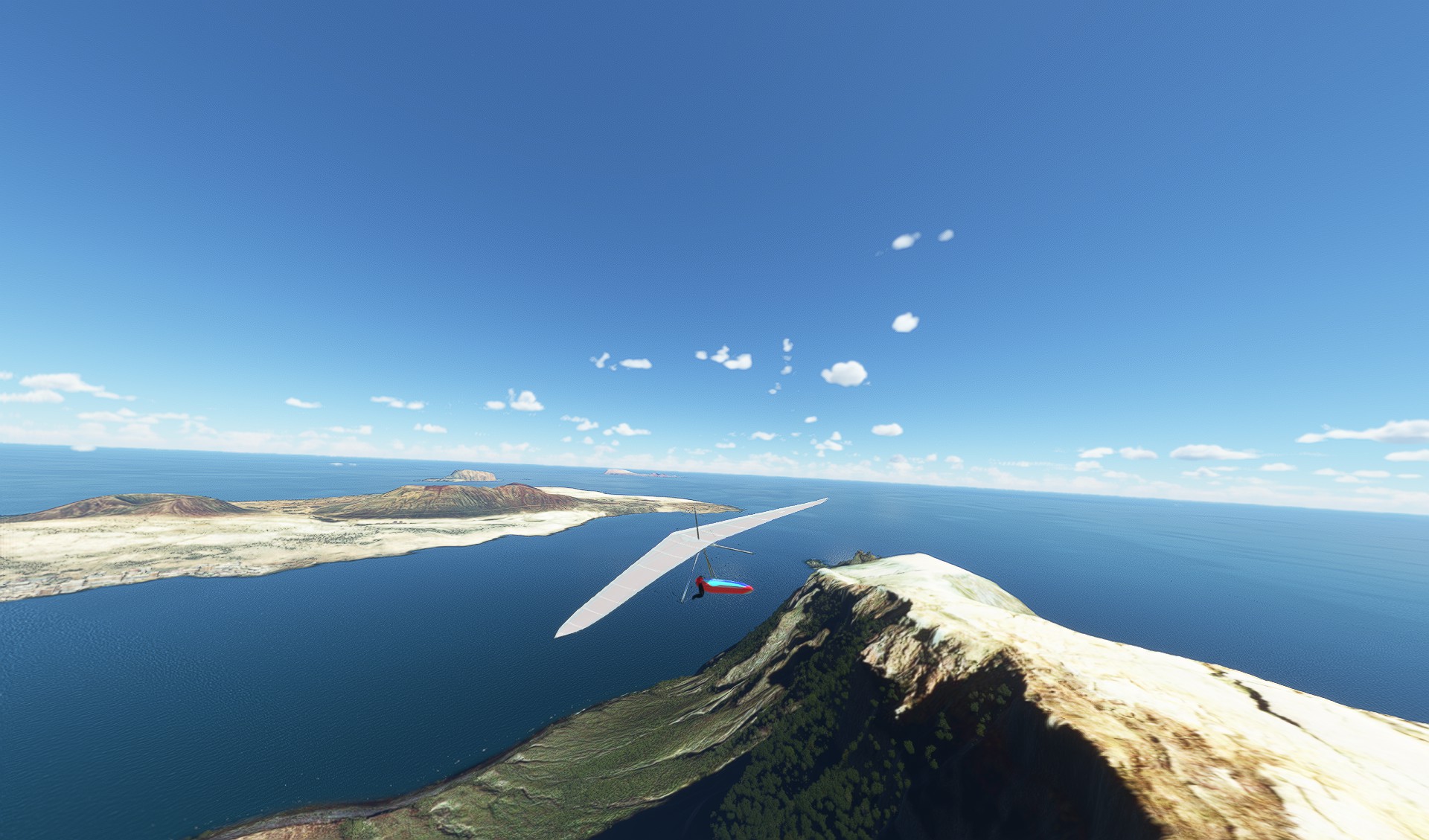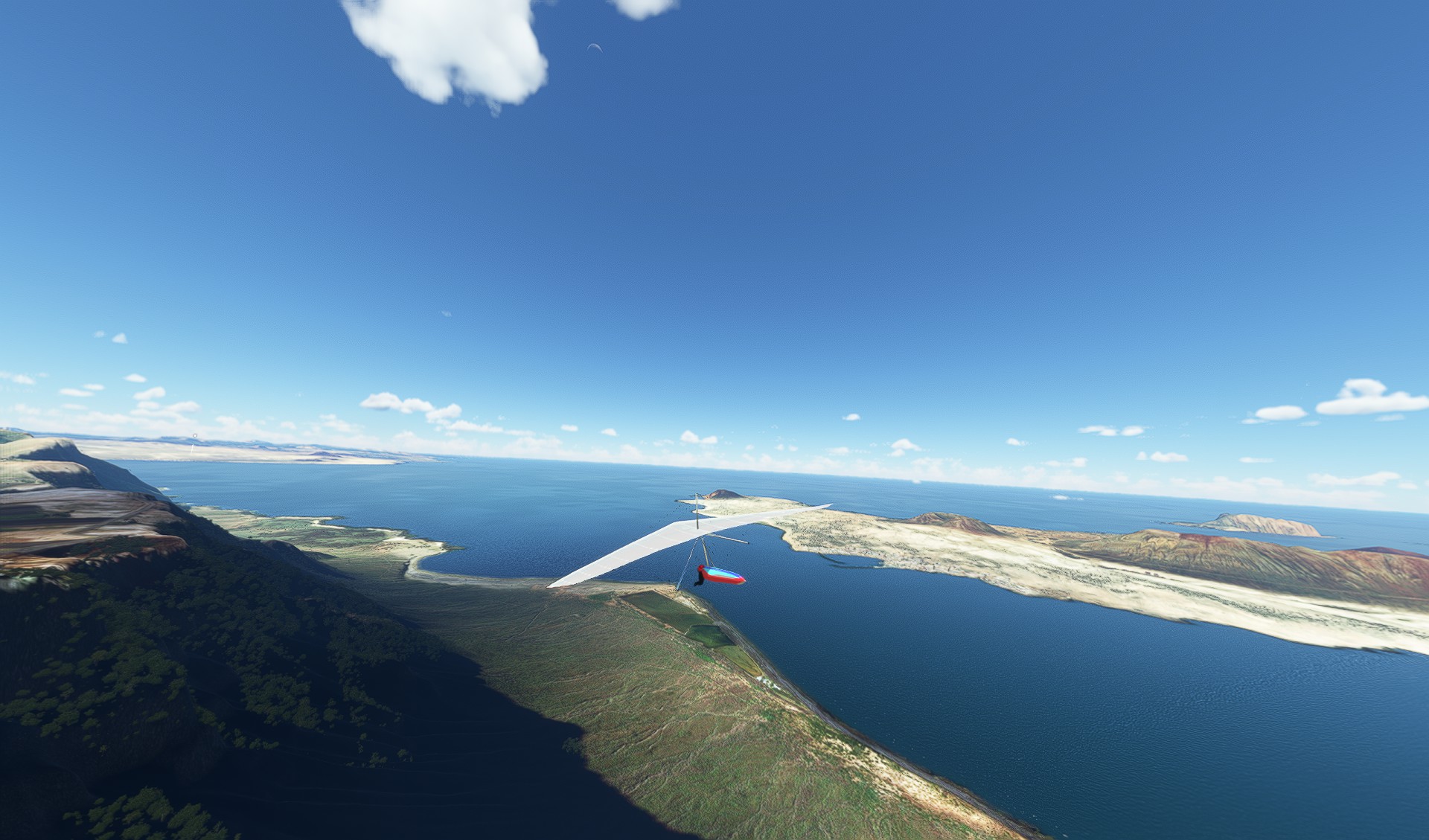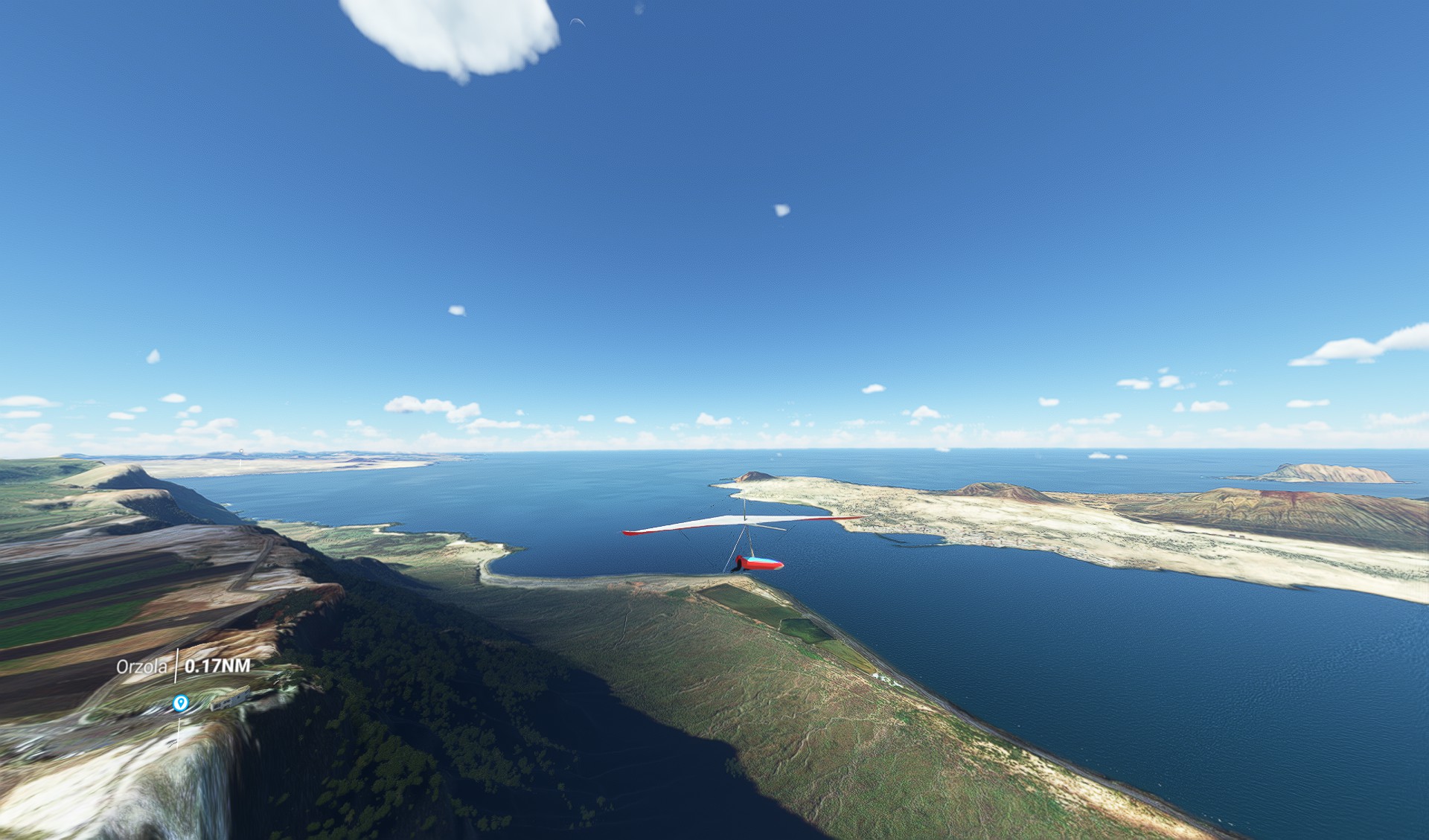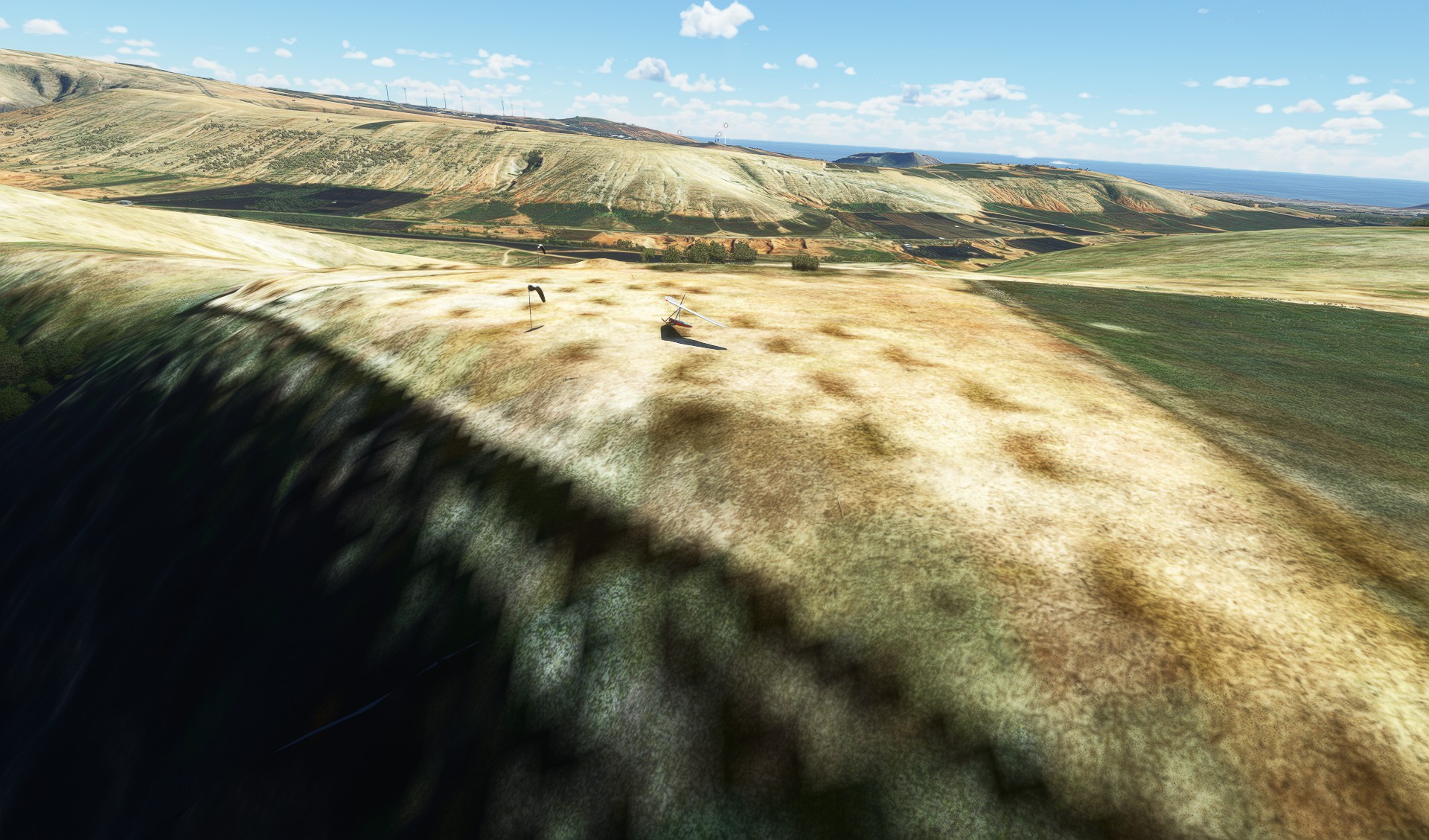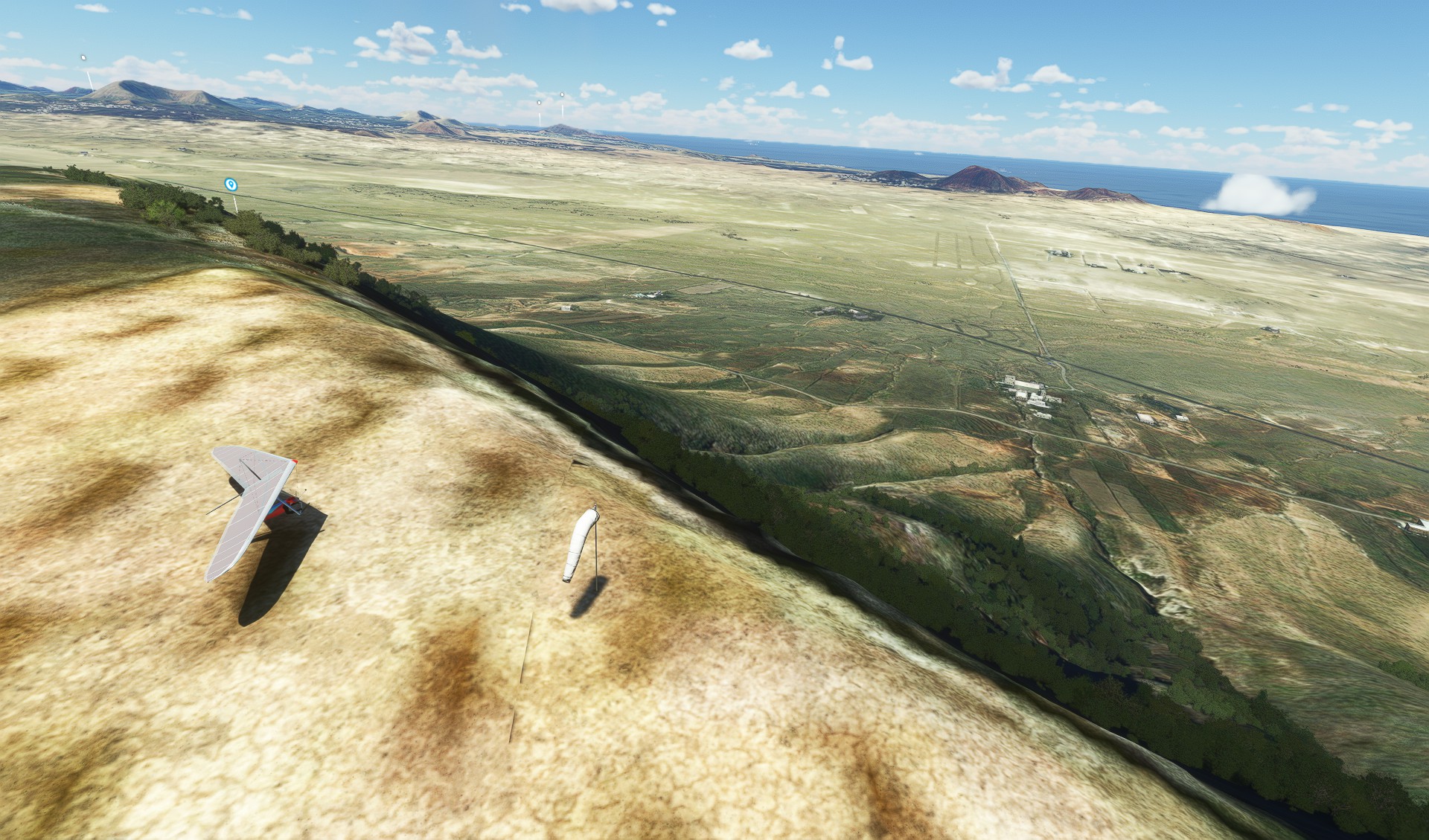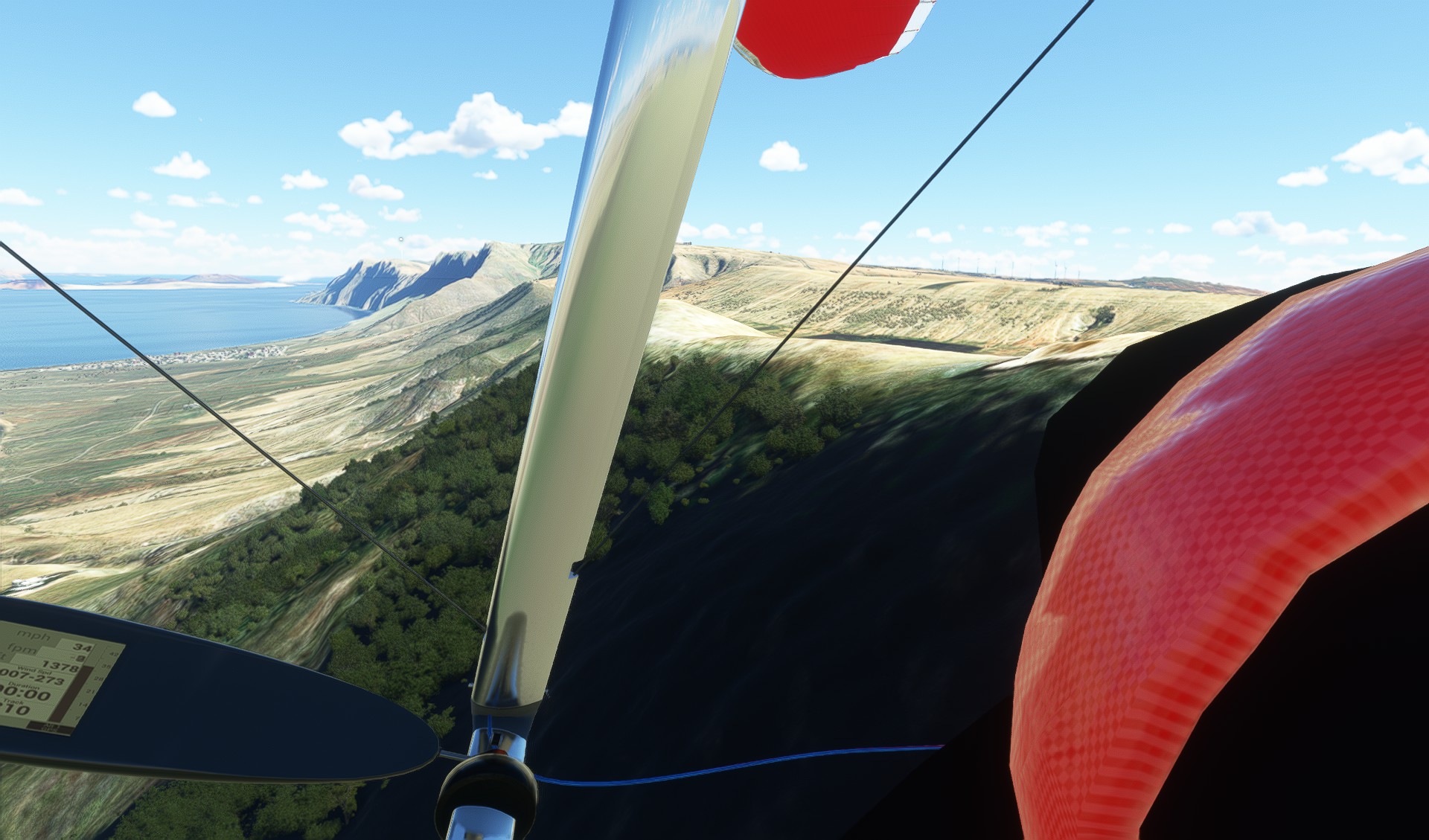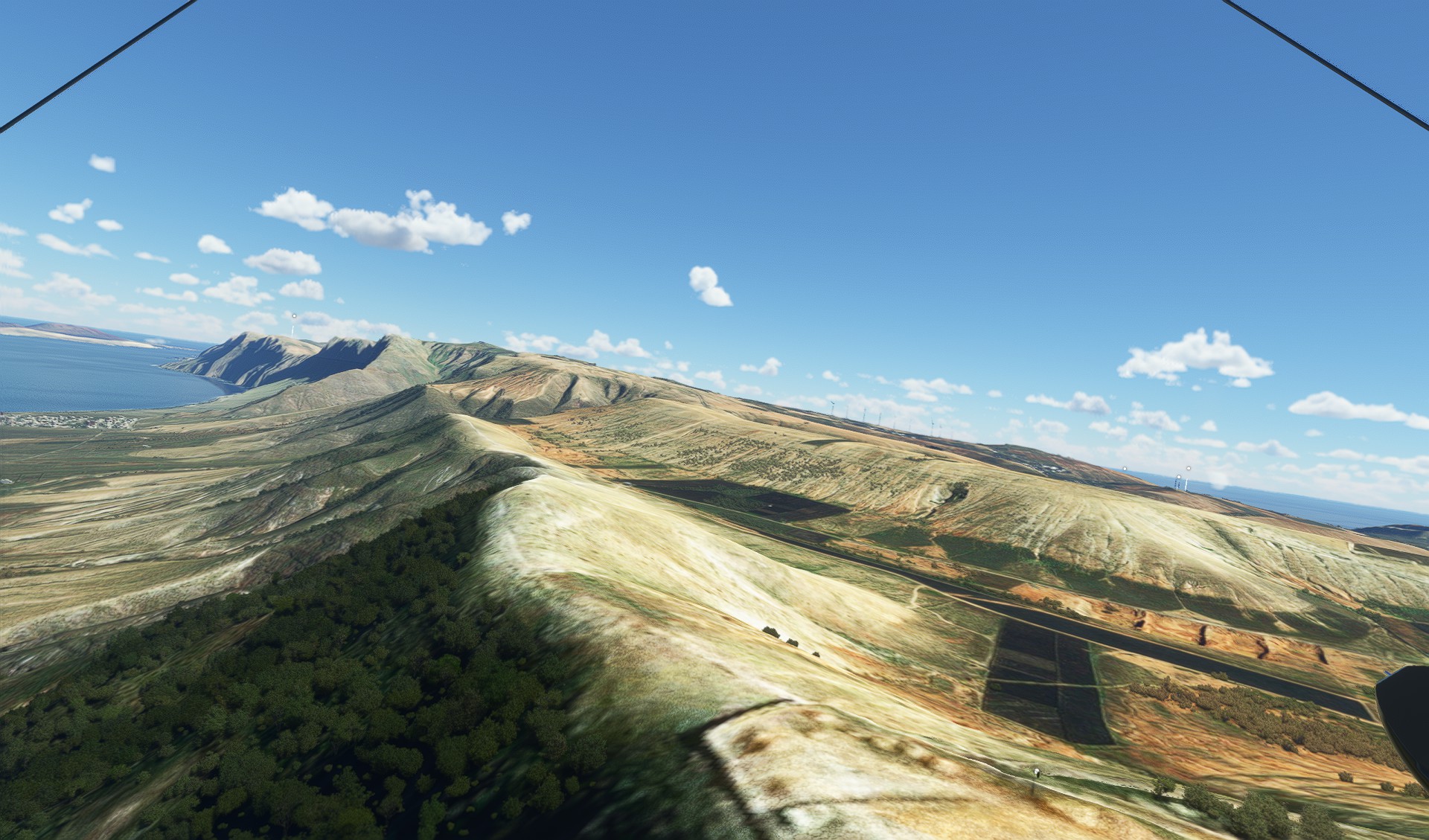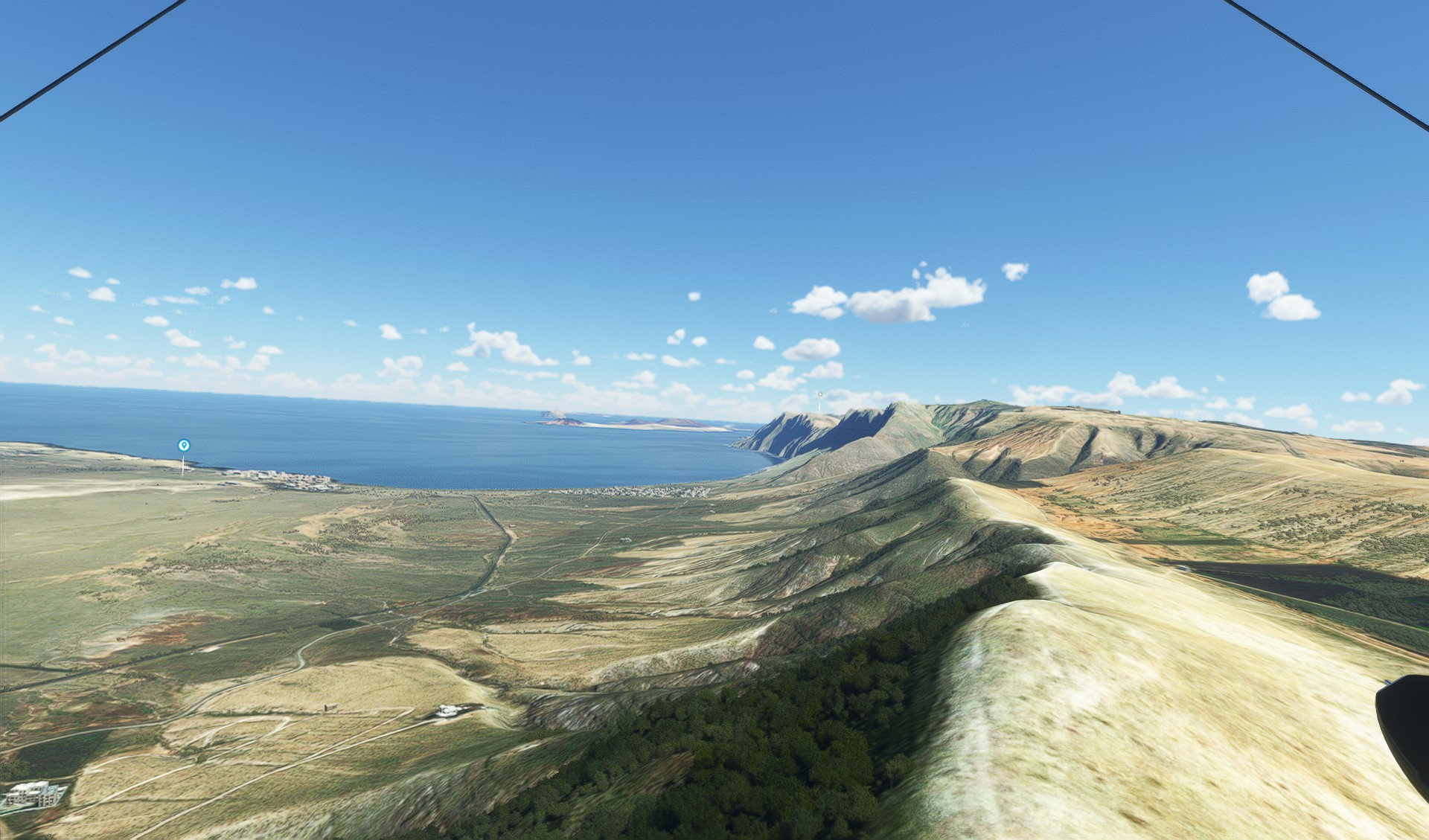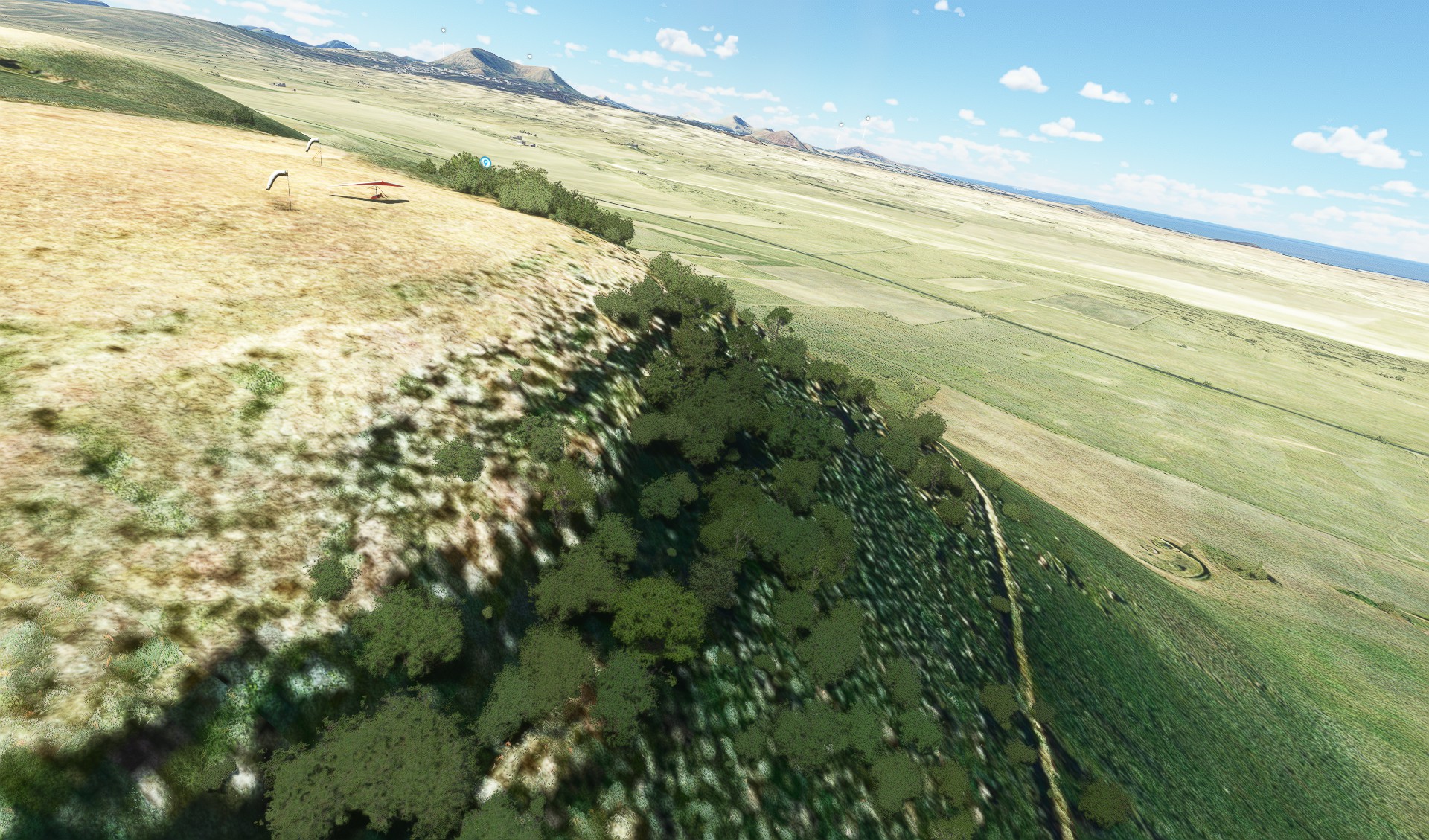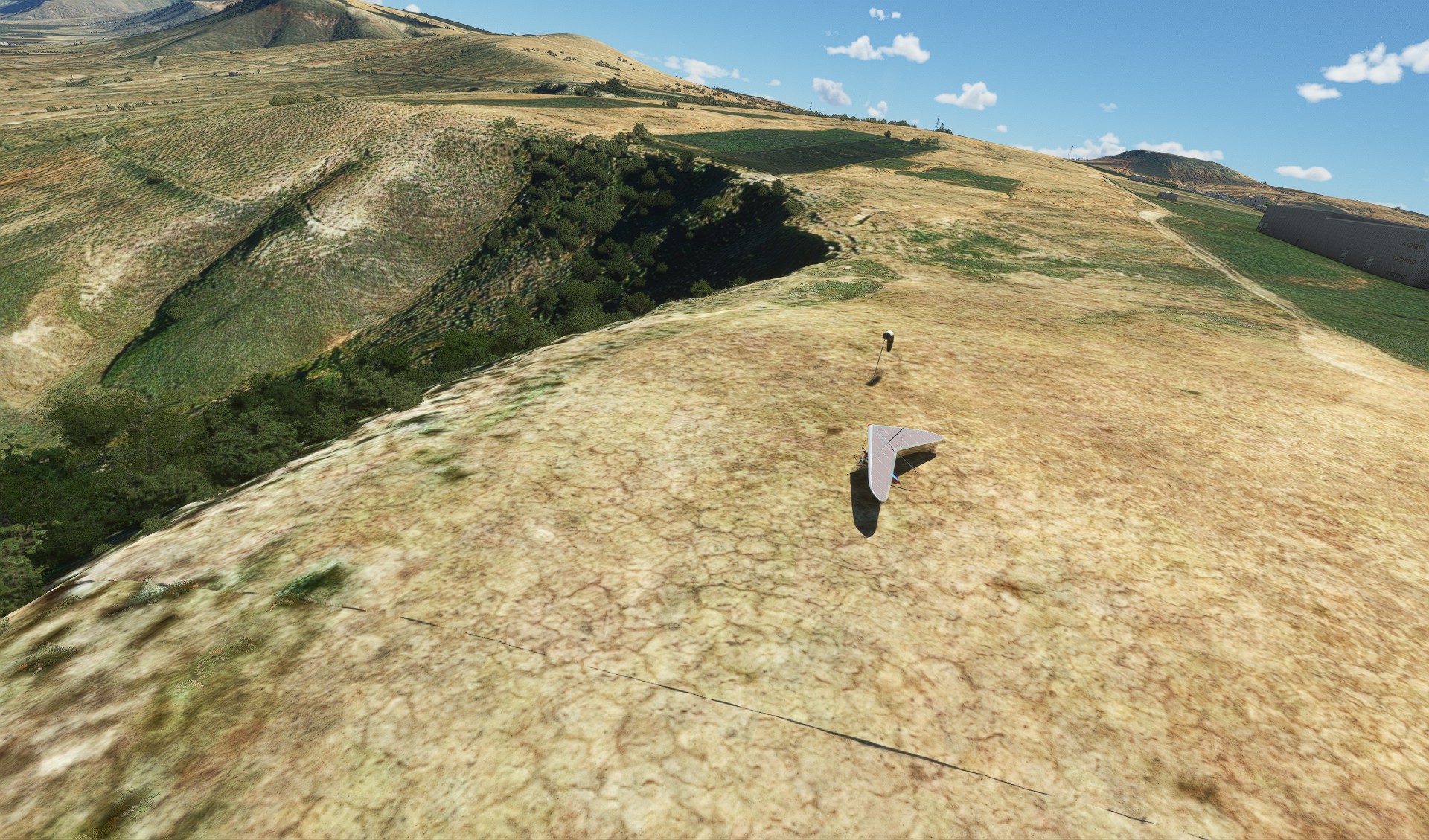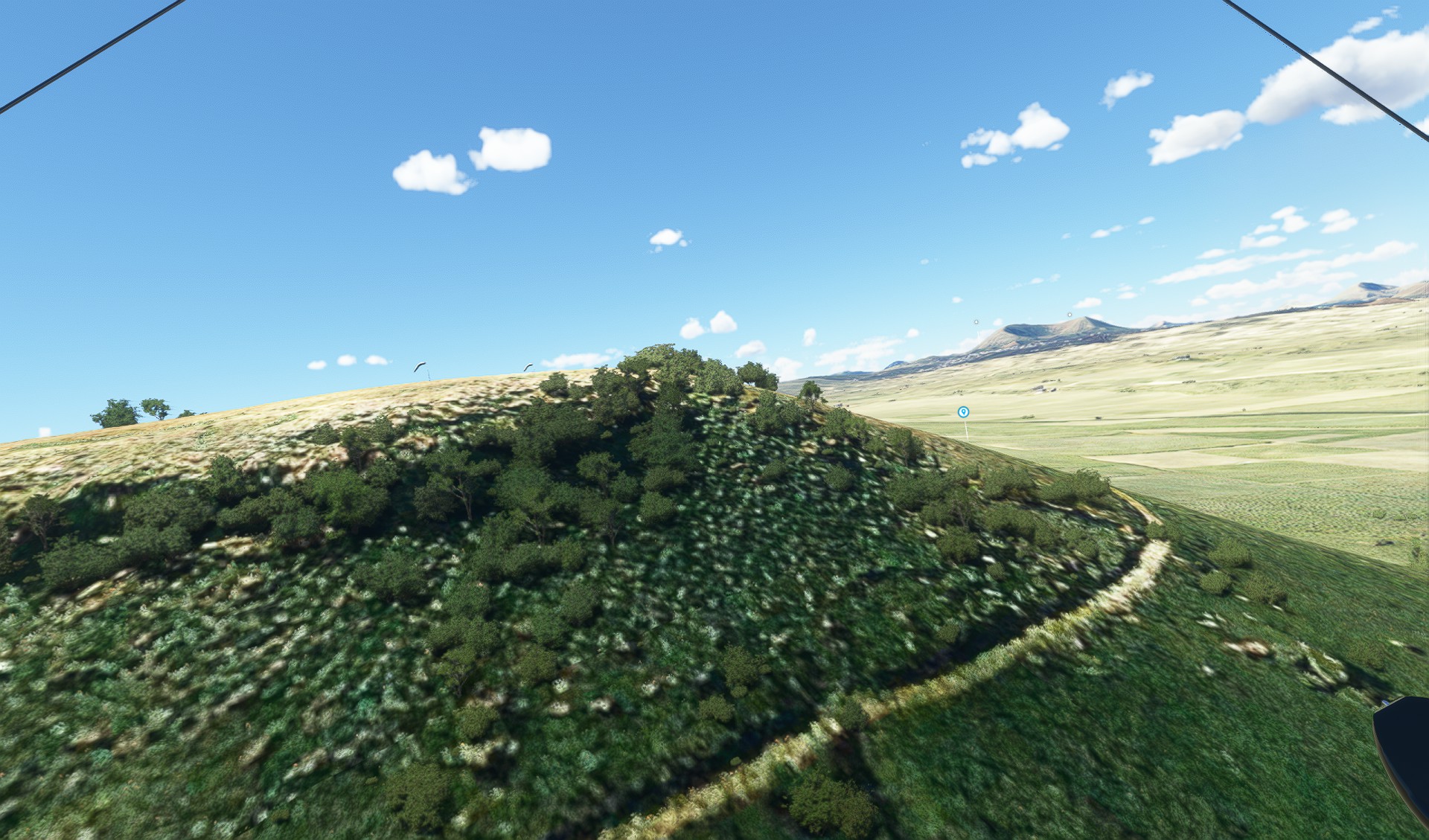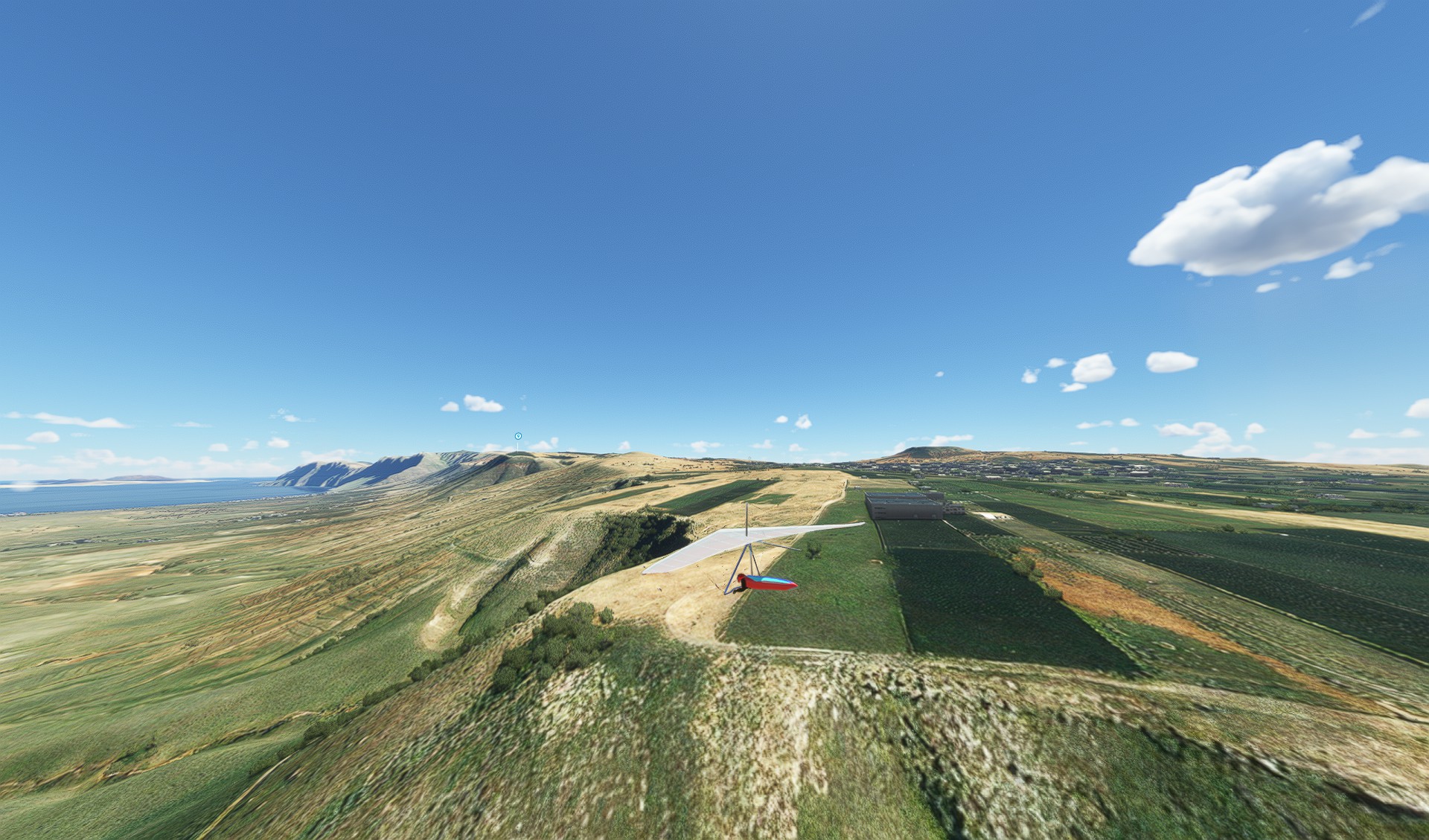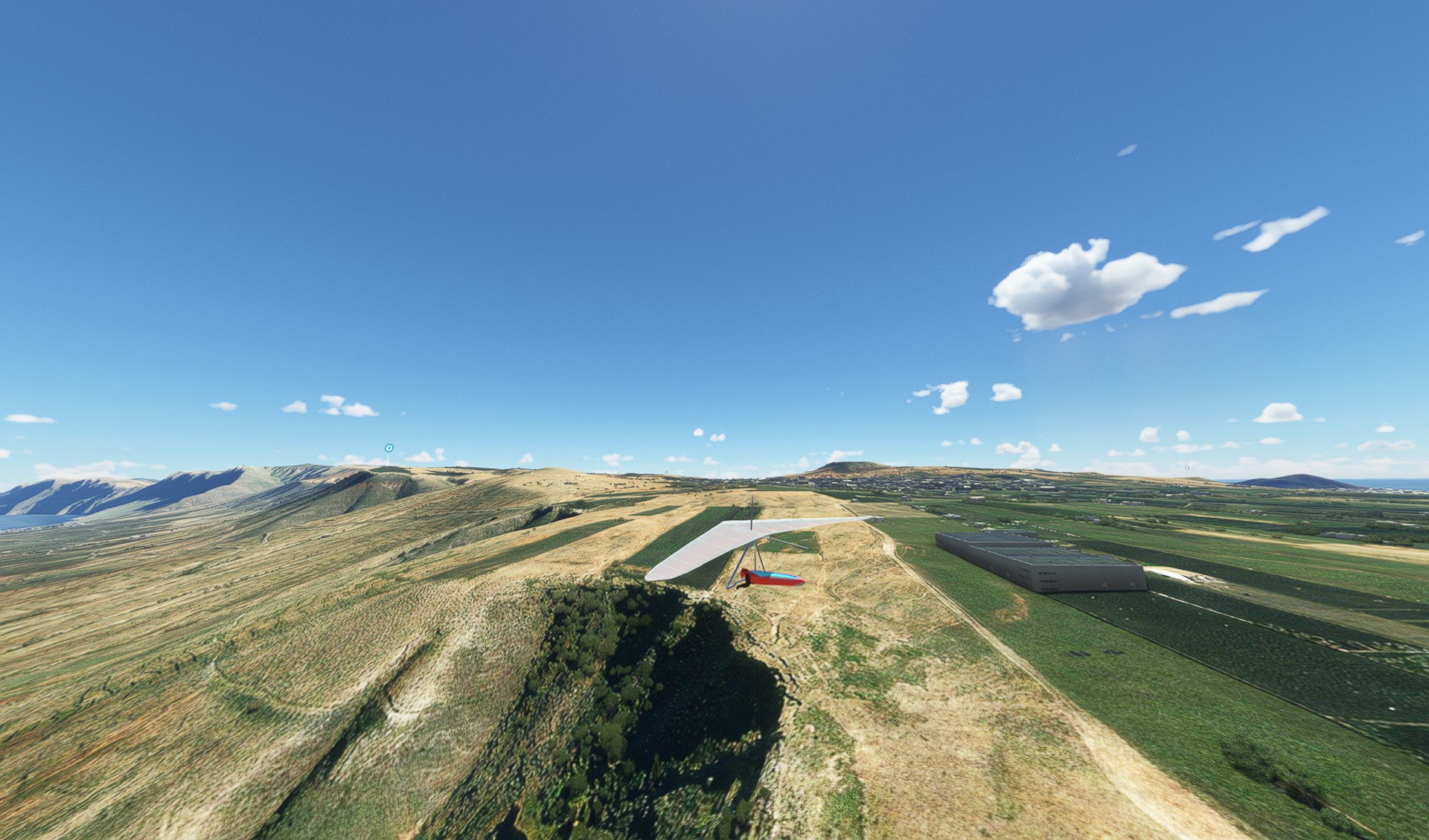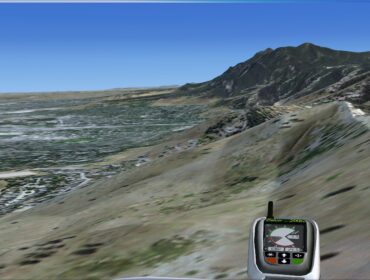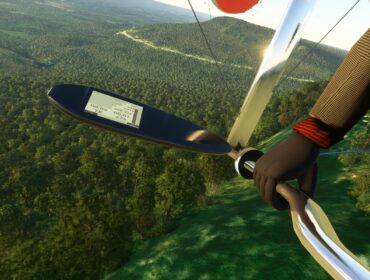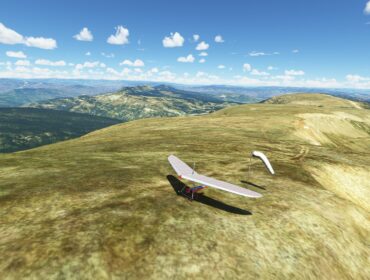Europe – Spain – Canary Islands
Site Information
Lanzarote is one of the Canary Islands in Spain, located in the Atlantic Ocean, about 125 km off the coast of Africa. It is a popular destination for hang gliding and paragliding enthusiasts, as it offers a variety of flying sites with stunning views of the volcanic landscape and the sea. Lanzarote has a warm and dry climate, with average temperatures ranging from 17°C in winter to 25°C in summer. The island has a long north-south ridge line that provides dynamic lift for ridge soaring, as well as several mountain-type launches that allow thermal flying. Lanzarote also has plenty of wide-open spaces for landing, making it suitable for pilots of all levels.
Some of the most popular flying sites in Lanzarote are:
- Famara: This is a long ridge that runs along the west coast of the island, facing the Atlantic Ocean. It is one of the most scenic and consistent flying sites in Lanzarote, as it offers spectacular views of the cliffs, the beach and the island of La Graciosa. Famara works with north-west to north-east winds and can be flown all year round. The launch site is located near the village of Teguise, at an altitude of about 450 m. The landing area is on the beach below, or on a large field near the village of Caleta de Famara. The coordinates of the launch site are 29.0608° N, 13.5619° W, and the coordinates of the landing area are 29.1193° N, 13.5651° W.
- Orzola: This is another ridge site on the north-east coast of the island, facing the strait between Lanzarote and La Graciosa. It works with north-east to east winds, and can be flown from October to March. The launch site is located near the village of Orzola, at an altitude of about 300 m. The landing area is on a large field next to the road that leads to Orzola.
- Mala: This is a mountain site on the east coast of the island, facing the sea. It works with east to south-east winds, and can be flown from October to March. The launch site is located near the village of Mala, at an altitude of about 250 m. The landing area is on a large field next to the road that leads to Mala.
- Tenesar: This is another mountain site on the west coast of the island, facing the sea. It works with west to south-west winds, and can be flown from October to March. The launch site is located near the village of Tenesar, at an altitude of about 300 m. The landing area is on a large field next to the road that leads to Tenesar.
- Teguise: This is a hill site on the central part of the island, facing south-east. It works with south-east to south winds, and can be flown from October to March. The launch site is located near the town of Teguise, at an altitude of about 200 m. There are two landing areas: one on a large field next to a golf course near Costa Teguise; and another on a small field next to a road near Tahiche.
Flying Conditions and Restrictions
Lanzarote offers a variety of flying conditions depending on the site, the season and the weather. Generally, the island has a stable and dry climate, with moderate winds and good thermals. The best time to fly in Lanzarote is from October to March, when the trade winds are weaker and the air is more unstable. However, flying is possible all year round, as long as the wind direction and speed are suitable for the chosen site.
Some of the factors that affect the flying conditions in Lanzarote are:
- Wind direction and speed: The wind direction determines which site is flyable on any given day. Lanzarote has sites that work with almost every wind direction, but some are more reliable than others. For example, Famara is a very consistent site that works with north-west to north-east winds, while Orzola and Mala are more sensitive to changes in wind direction and require north-east to east winds. The wind speed also affects the flying conditions, as too strong or too weak winds can make launching or landing difficult or dangerous. The ideal wind speed for hang gliding in Lanzarote is between 10 and 20 km/h, depending on the site and the glider.
- Thermals and clouds: Thermals are columns of rising warm air that allow pilots to gain altitude and extend their flights. Lanzarote has good thermal activity, especially on the mountain sites, where pilots can reach heights of over 1000 m above sea level. Thermals are usually marked by cumulus clouds, which indicate the presence of moisture and lift in the air. However, not all clouds are good for flying, as some can be associated with turbulence, rain or strong winds. Pilots should avoid flying near or into clouds that are dark, flat or overdeveloped.
- Sea breeze and convergence: Sea breeze is a local wind that blows from the sea to the land during the day, due to the difference in temperature between the water and the ground. Sea breeze can affect the flying conditions in Lanzarote, as it can increase or decrease the wind speed and direction on the coast or inland. Sea breeze can also create convergence zones, where two opposite winds meet and create lift or turbulence. Convergence zones can be beneficial for flying, as they can enhance the thermal activity and allow pilots to fly across the island. However, they can also be dangerous, as they can cause sudden changes in wind direction and speed, or create rotor or shear.
Some of the restrictions that apply to hang gliding in Lanzarote are:
- Airspace regulations: Lanzarote has a busy airport that serves domestic and international flights. The airport is located on the south-east coast of the island, near Playa Honda. The airspace around the airport is controlled and restricted for hang gliding and paragliding activities. Pilots should avoid flying near or over the airport runway, or entering the airspace without permission from the air traffic control. Pilots should also respect the altitude limits and flight rules that apply to their class of airspace.
- Site regulations: Some of the flying sites in Lanzarote have specific regulations that pilots should follow for safety and environmental reasons. For example, Famara is a protected natural park that requires a permit to fly there. Pilots should obtain their permit from the local hang gliding club before flying at Famara. Pilots should also respect the local rules regarding launching, landing, parking and waste disposal at each site.
- Personal responsibility: Hang gliding is an adventure sport that involves risks and challenges. Pilots should be aware of their own skills and limitations, and fly within their comfort zone. Pilots should also check their equipment regularly and make sure it is in good condition and suitable for their weight and level. Pilots should also wear appropriate clothing and protection gear, such as helmet, harness, gloves and shoes. Pilots should also carry a radio, a GPS and a mobile phone with them during their flights, in case of emergency or communication needs.
Best Times to Fly and Visit
The best time to fly in Lanzarote is from October to March, when the trade winds are weaker and the air is more unstable. This creates ideal conditions for thermal flying and ridge soaring, as well as for exploring the different sites and landscapes of the island. During this period, the weather is reliably warm and sunny, with average temperatures ranging from 17°C to 22°C. The sky is often full of perfect cumulus clouds that indicate the presence of lift and moisture in the air. The wind direction and speed vary depending on the day and the site, but they are usually moderate and suitable for flying.
The best time to visit Lanzarote is also from October to March, as this is the low season for tourism and the island is less crowded and more affordable. Lanzarote has a lot to offer besides flying, such as hiking, biking, surfing, diving, sailing, golfing and cultural activities. The island has a unique volcanic landscape that was shaped by eruptions and erosion over millions of years. Some of the attractions that visitors can enjoy are:
- Timanfaya National Park: This is a protected area that covers about a quarter of the island. It is a stunning example of volcanic scenery, with lava fields, craters, cones and geysers. Visitors can take a guided bus tour or a camel ride through the park, or visit the El Diablo restaurant that uses geothermal heat to cook food.
- Cesar Manrique Foundation: This is a museum and cultural center that showcases the work and life of Cesar Manrique, a famous artist and architect who was born in Lanzarote and influenced its development. The foundation is located in his former house, which was built on top of a lava flow and integrated with natural elements such as rocks, plants and water.
- Jameos del Agua: This is another creation of Cesar Manrique, who transformed a part of a volcanic tunnel into an artistic space that combines nature and culture. Jameos del Agua consists of a series of caves that house a natural lake, a concert hall, a restaurant, a museum and a garden.
- Papagayo Beaches: These are some of the most beautiful and pristine beaches in Lanzarote, located on the southern tip of the island. They are part of a natural reserve that protects their environment and wildlife. The beaches have fine white sand and clear turquoise water, ideal for swimming, snorkeling or relaxing.
- La Geria: This is a wine region that covers about 5% of the island. It is characterized by its unusual cultivation method, which involves digging holes in the volcanic ash and planting vines in them. The holes are surrounded by stone walls that protect them from the wind and retain moisture. The result is a high-quality wine that reflects the terroir of Lanzarote.
More Information
For more information about hang gliding in Lanzarote, you can contact the following sources:
- Lanzarote Hang Gliding Flights: This is a company that offers tandem hang gliding flights with experienced instructors. You can experience the thrill of flying like a bird over the stunning scenery of Lanzarote, with no previous experience required. You can book your flight online or by phone, and choose from different locations and durations. The company also provides transport, insurance and equipment. You can visit their website at 1 or call them at 609 36 22 16.
- Lanzafly: This is another company that offers tandem hang gliding and paragliding flights with qualified pilots. You can enjoy the beauty and diversity of Lanzarote from a different perspective, and feel the freedom and excitement of free flight. You can book your flight online or by phone, and choose from various options and packages. The company also provides transport, insurance and equipment. You can visit their website at 2 or call them at 0034 649 959 906.
- Lanzarote Hang Gliding Club: This is a local club that organizes hang gliding activities and events for its members and visitors. The club has a permit to fly at Famara, one of the best sites in Lanzarote, and also flies at other sites depending on the conditions. The club also offers guidance, advice and assistance to pilots who want to fly in Lanzarote. You can visit their website at 3 or email them at [email protected].
- Fly Lanzarote: This is a website that provides information and tips about hang gliding and paragliding in Lanzarote. You can find out about the flying sites, the weather, the regulations, the equipment and the services available in Lanzarote. You can also read stories and reviews from other pilots who have flown in Lanzarote, or share your own experiences. You can visit their website at 4 or contact them through their contact form.
